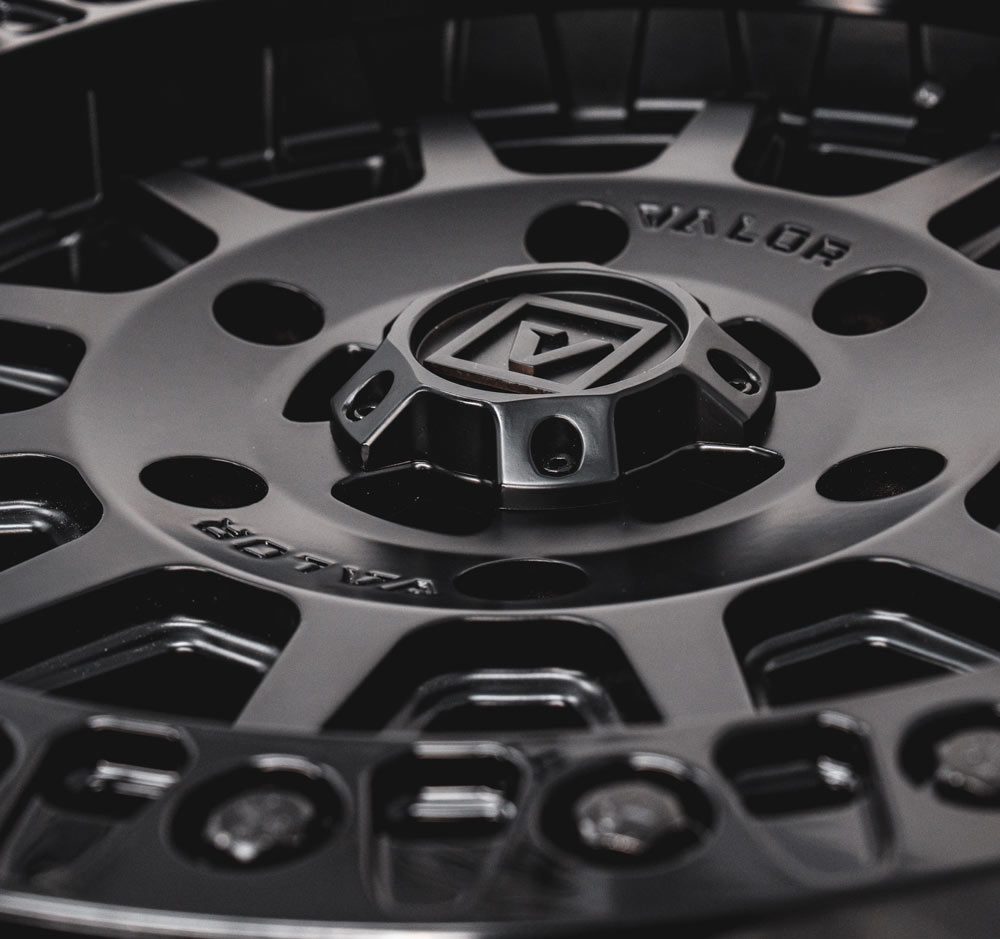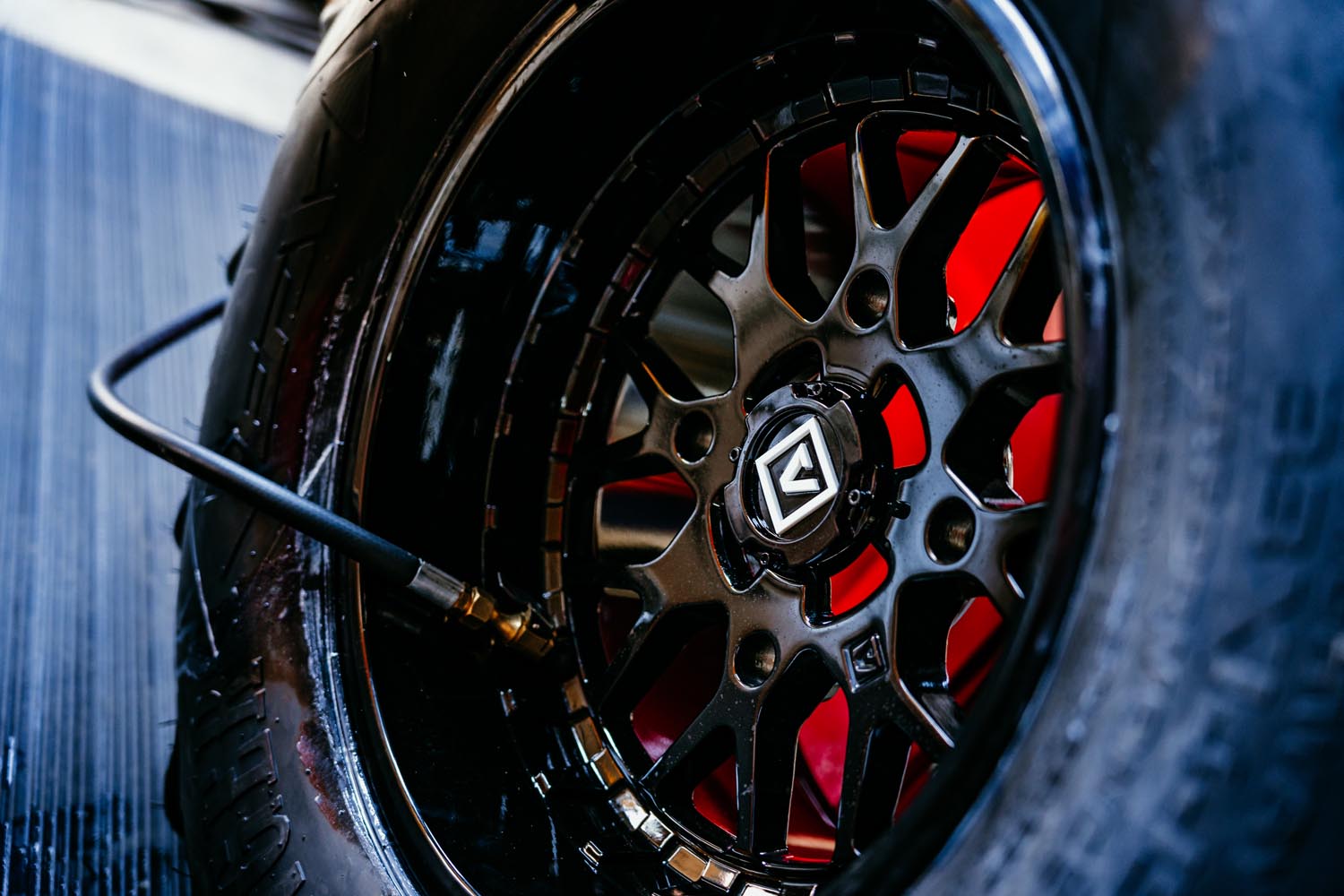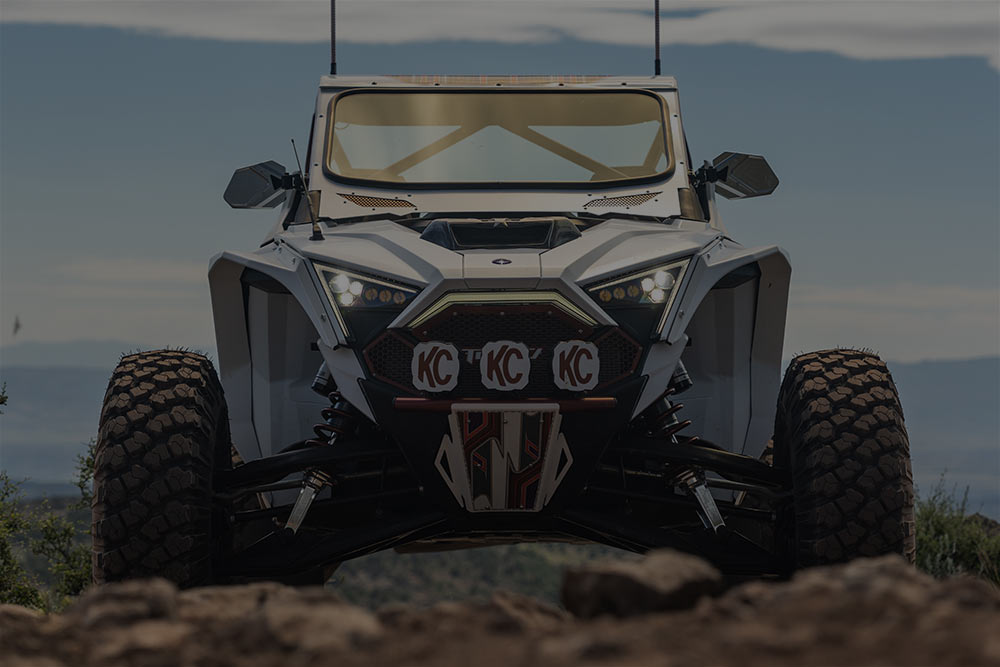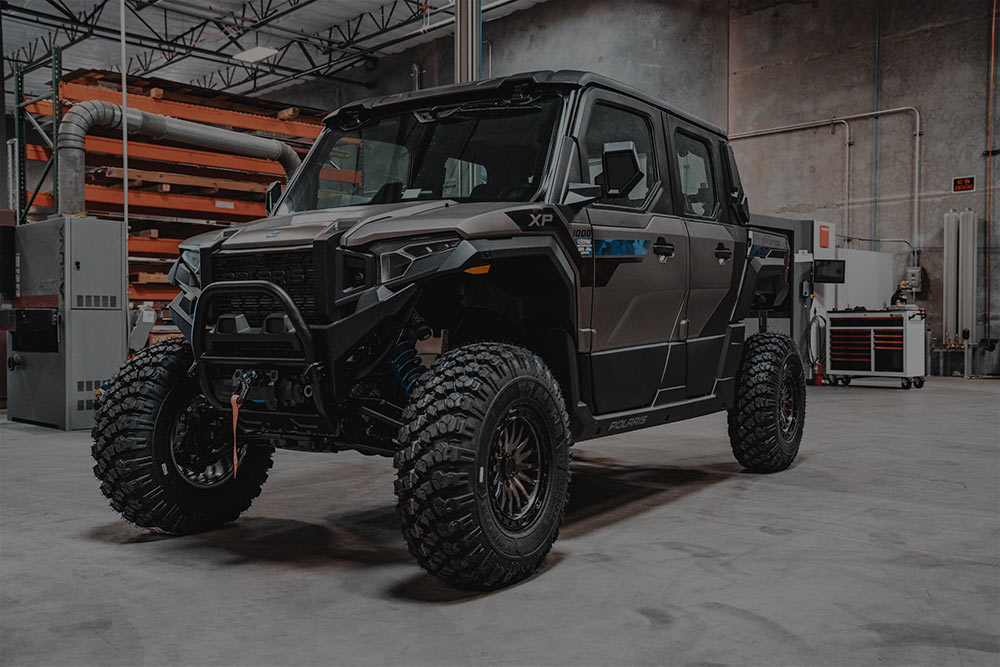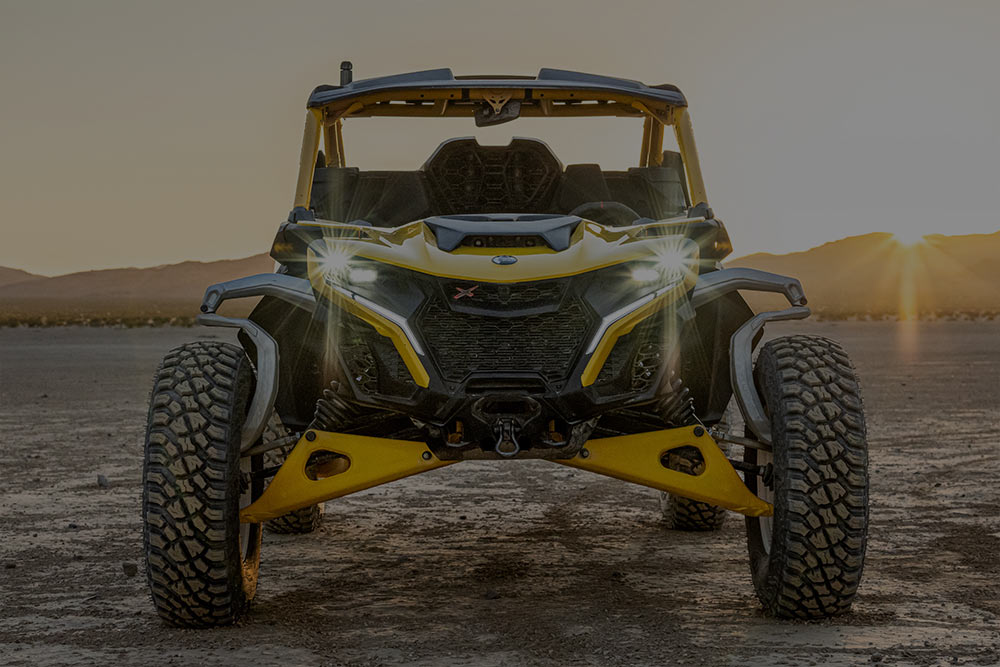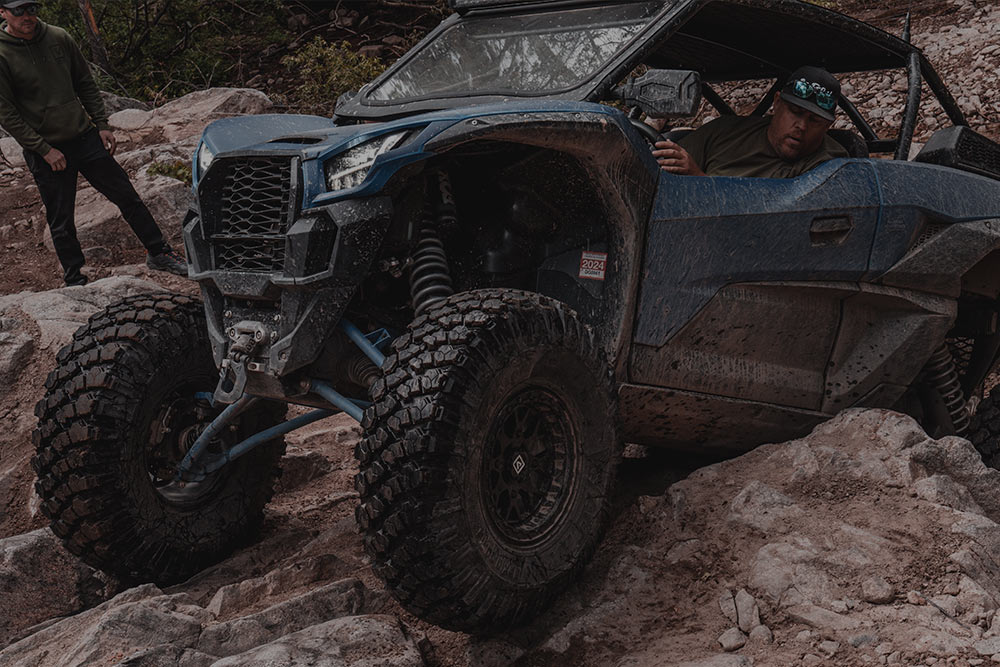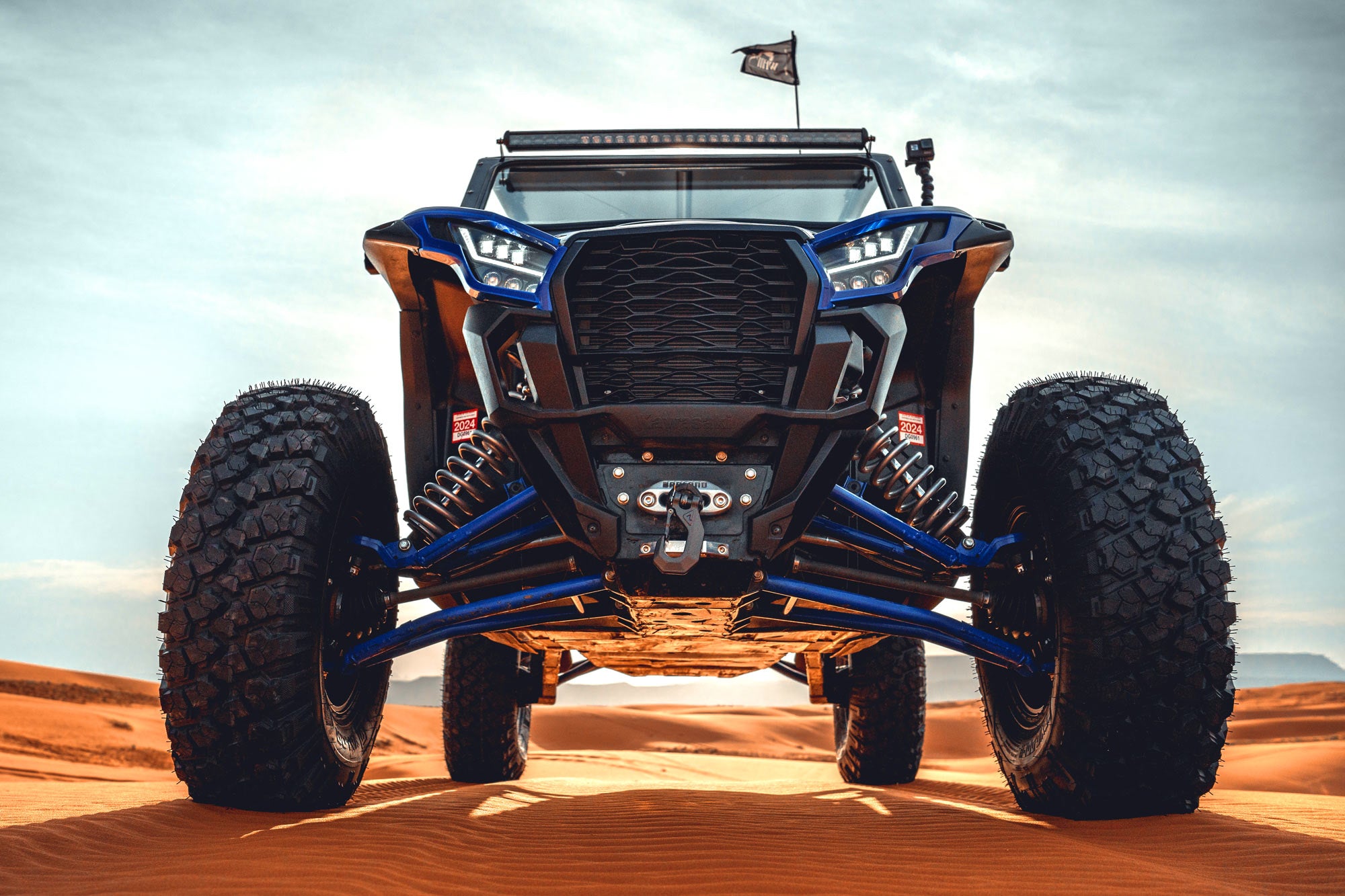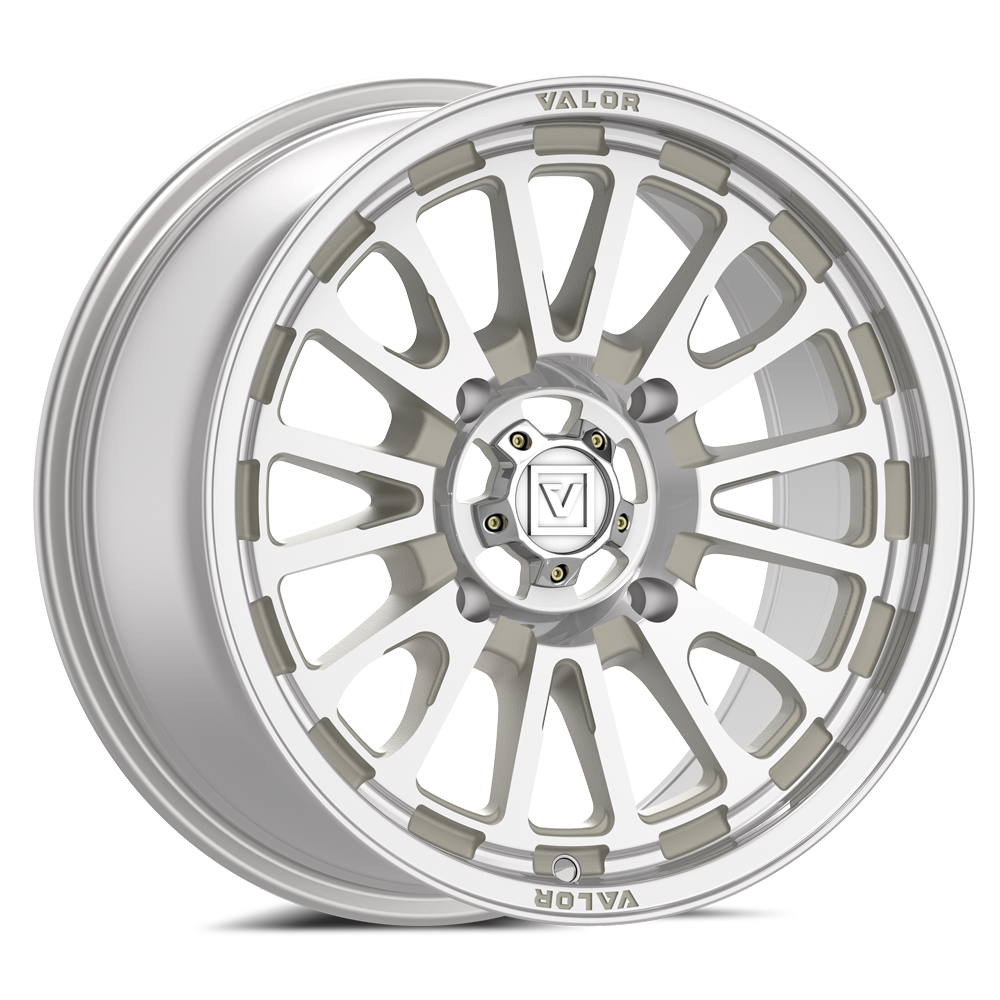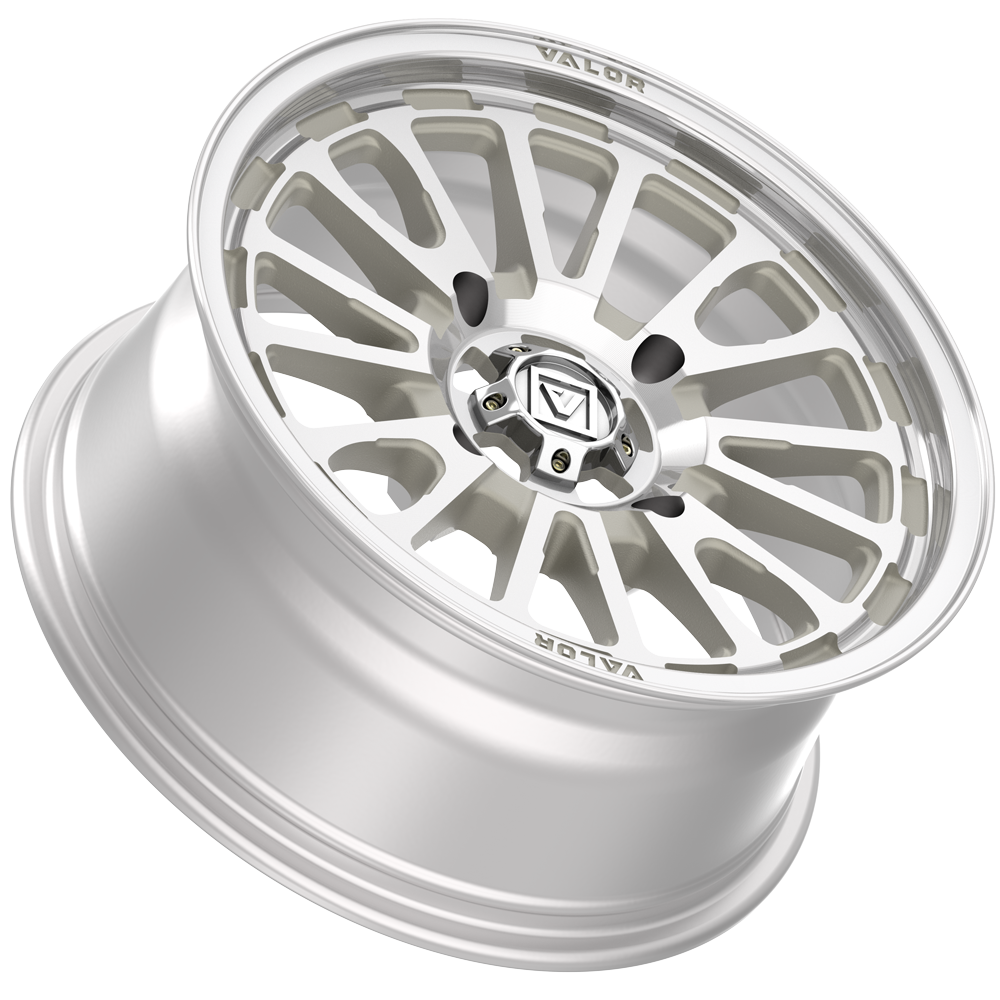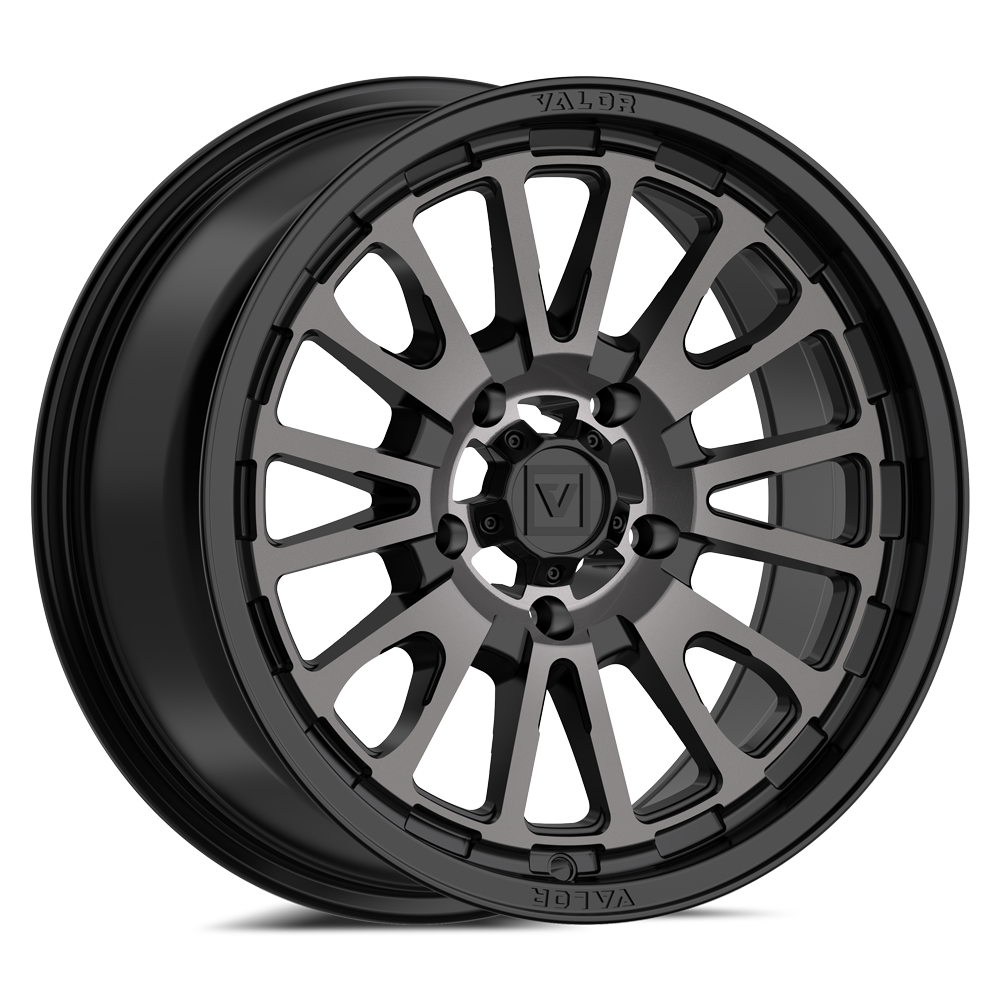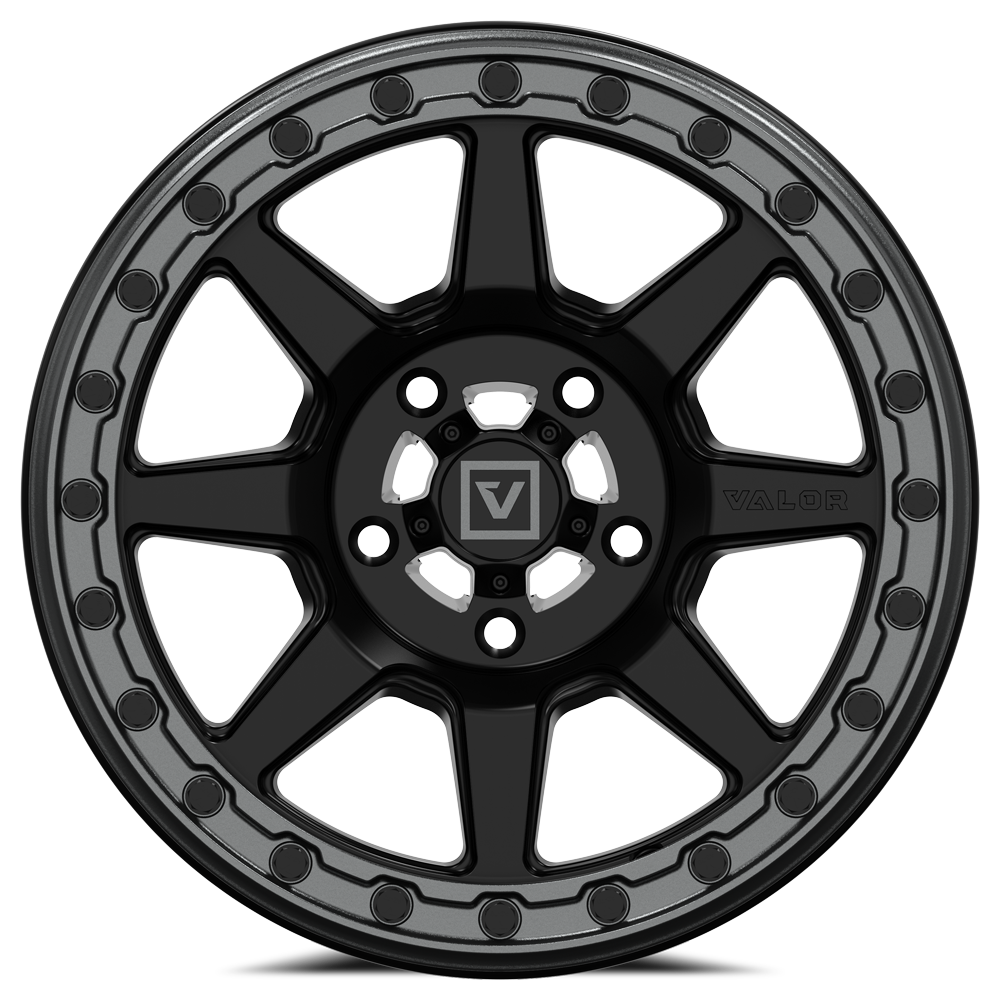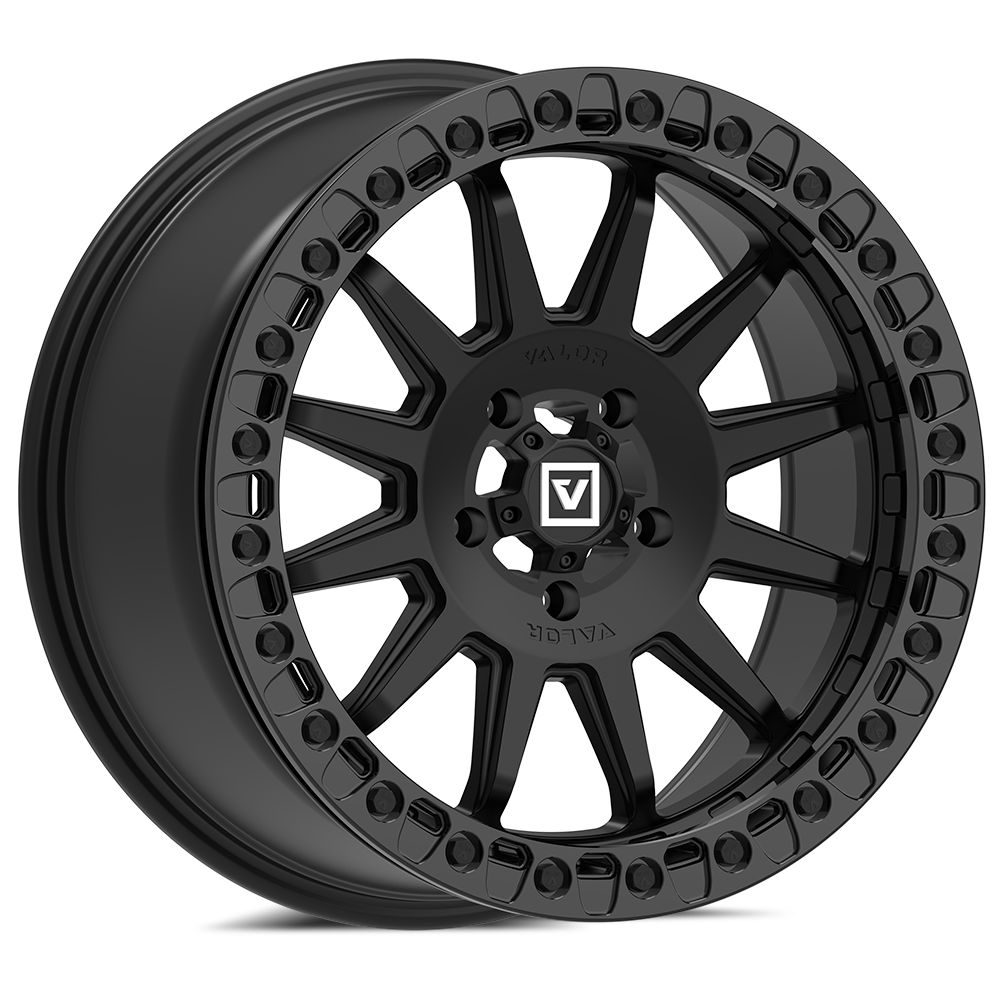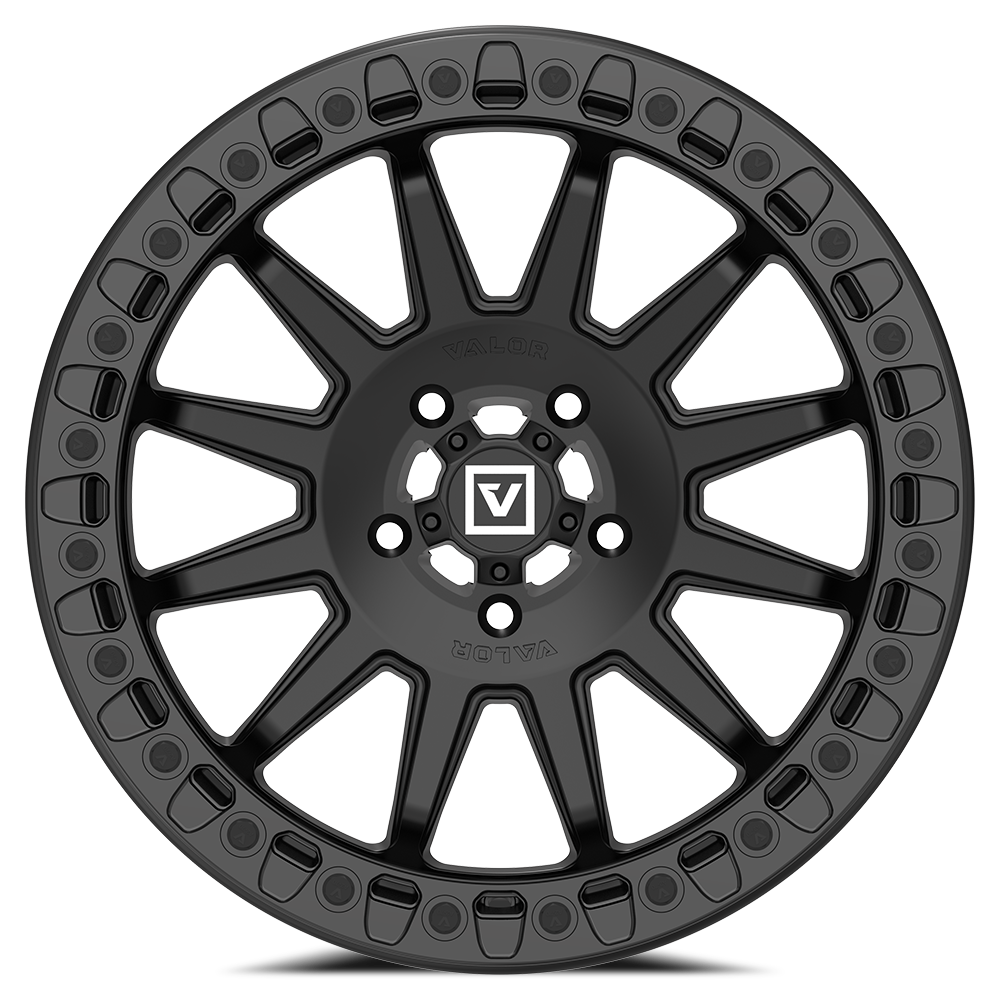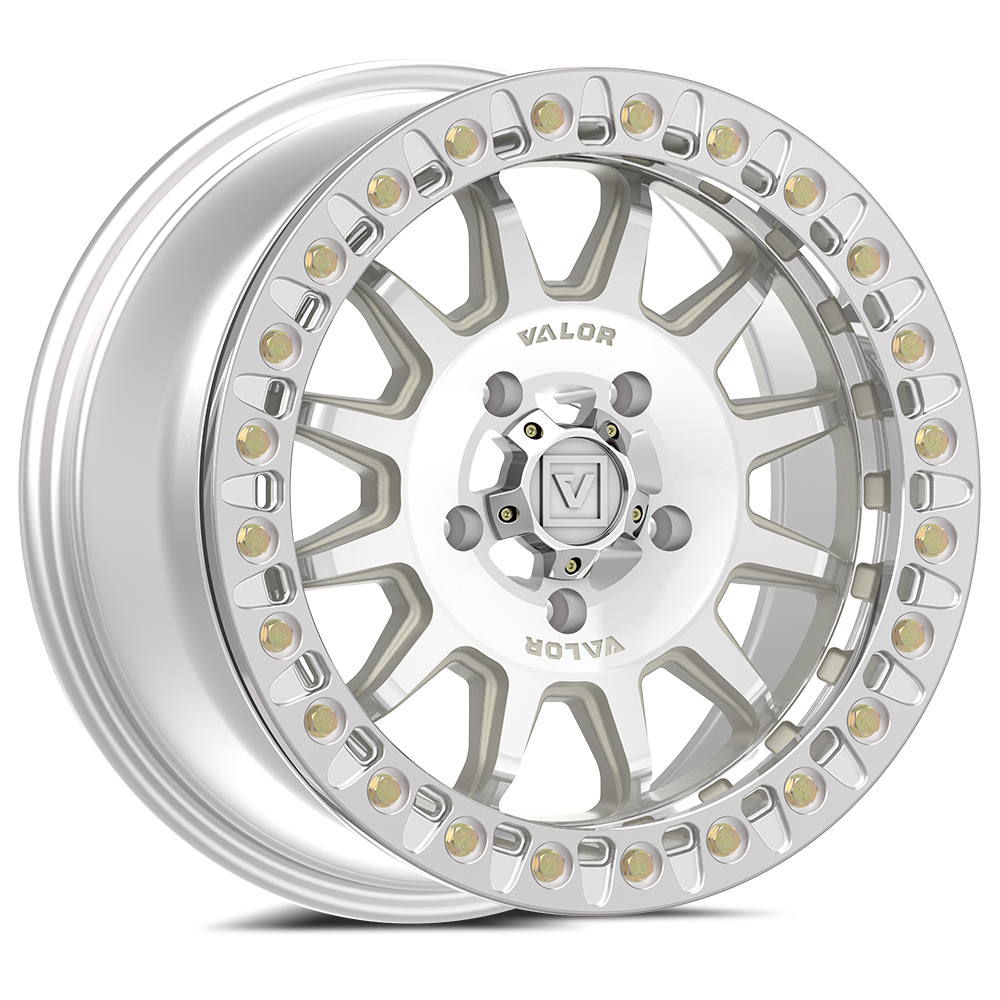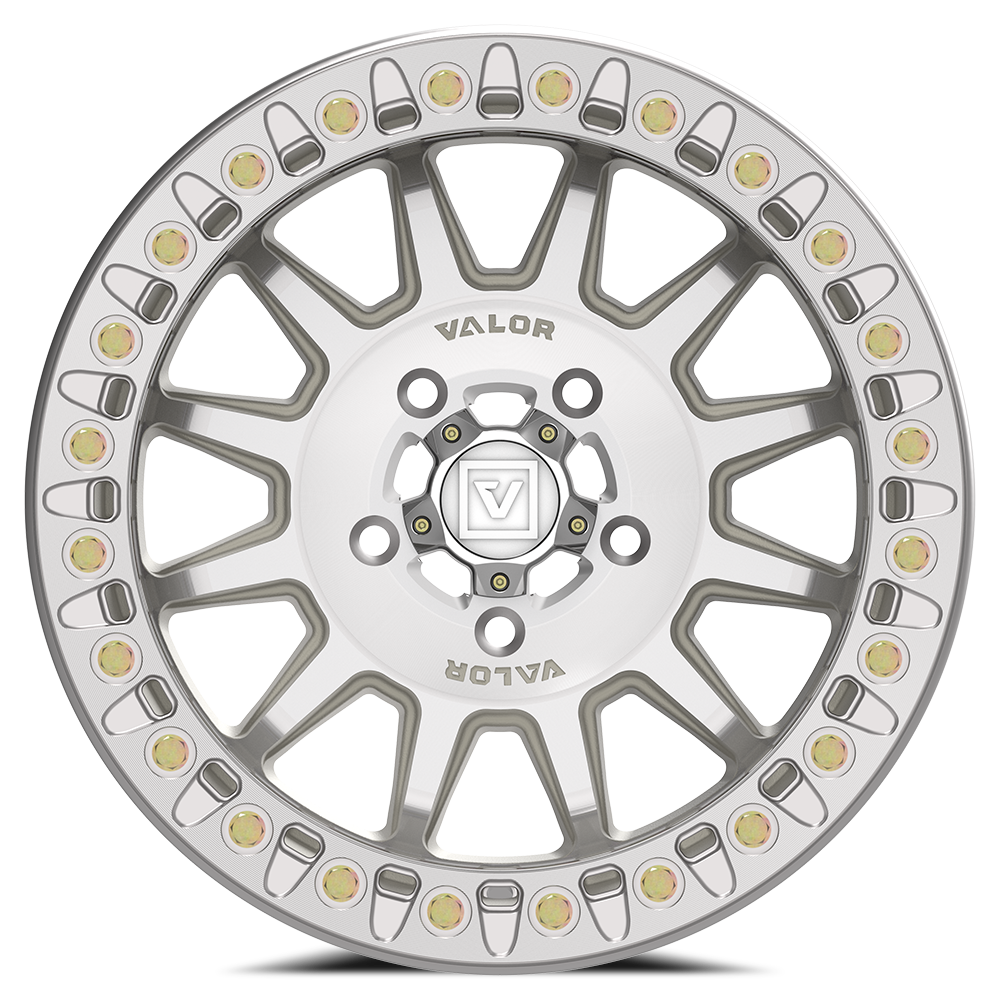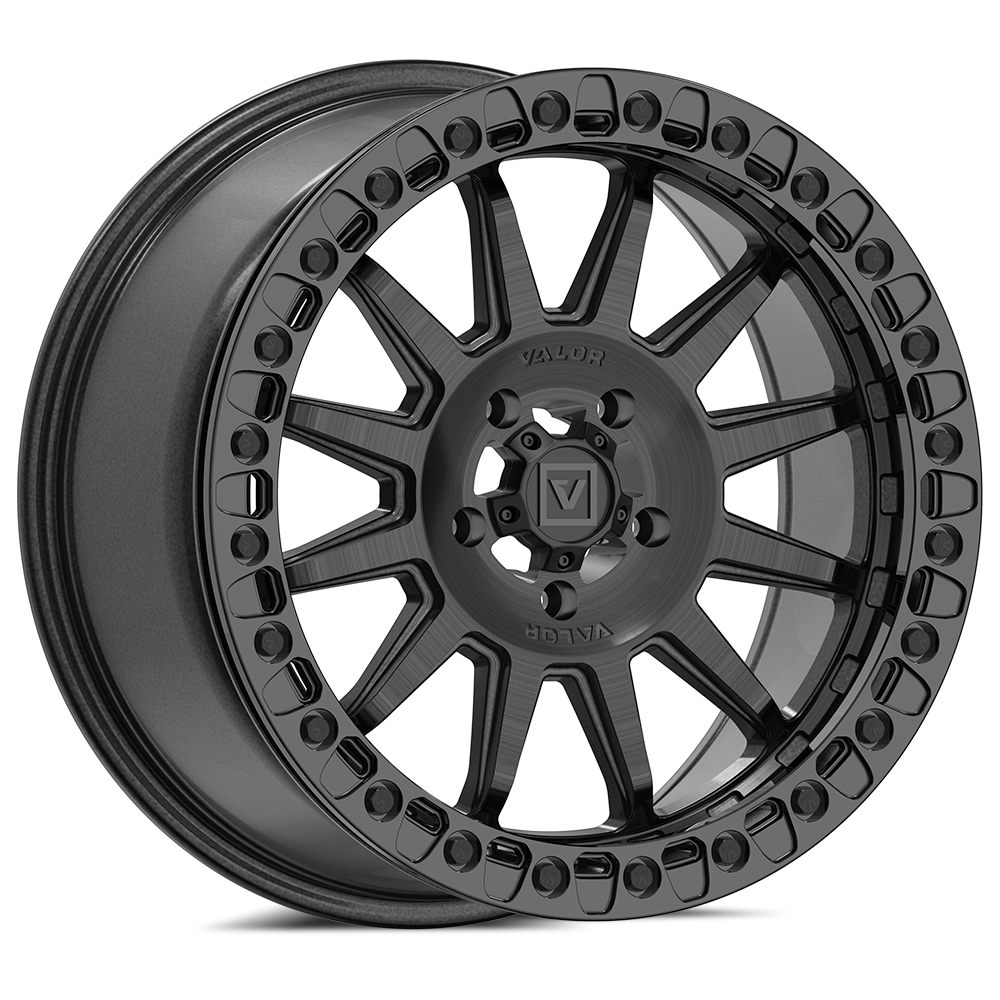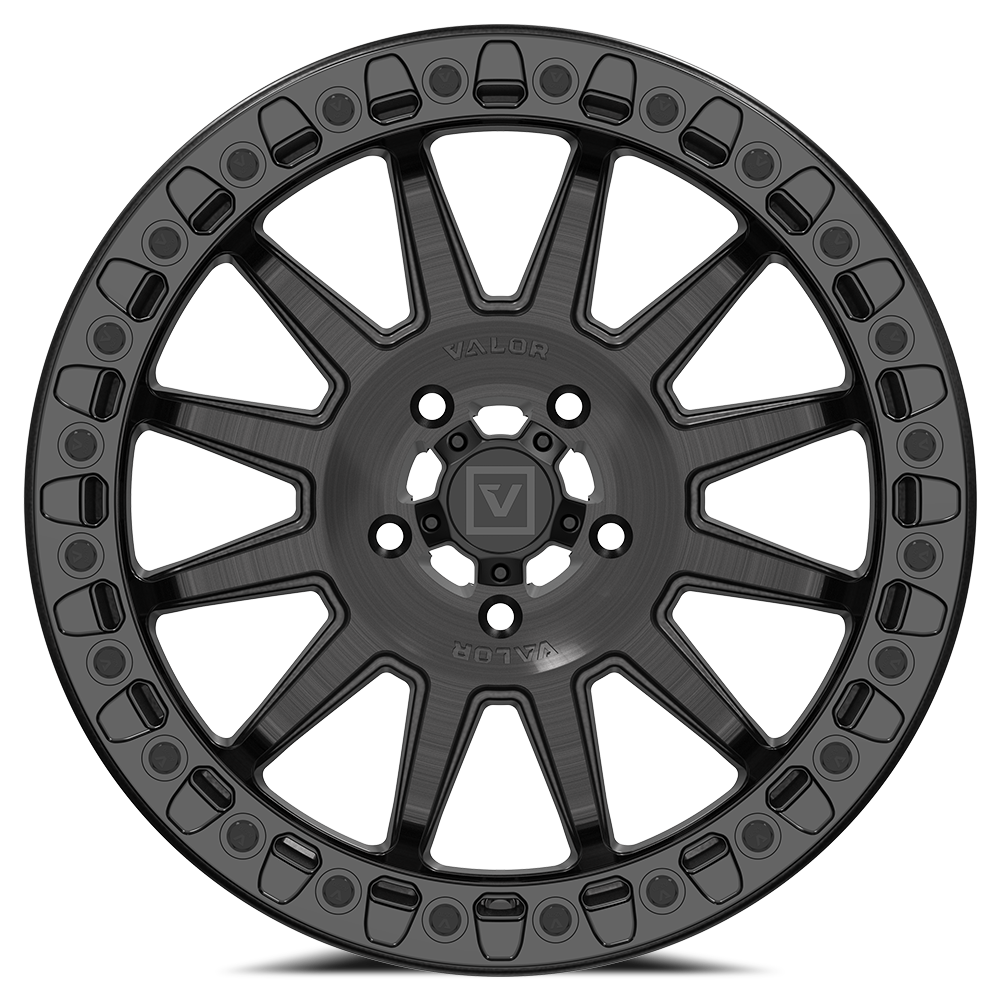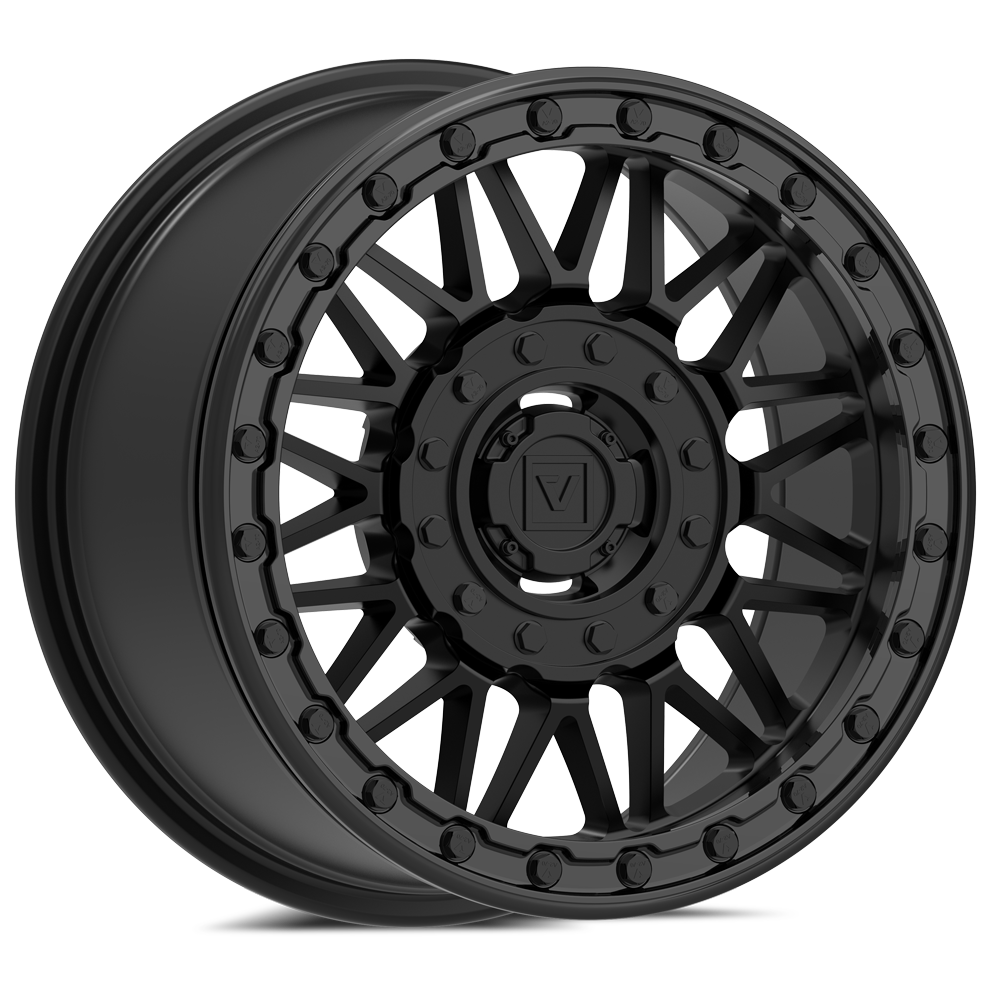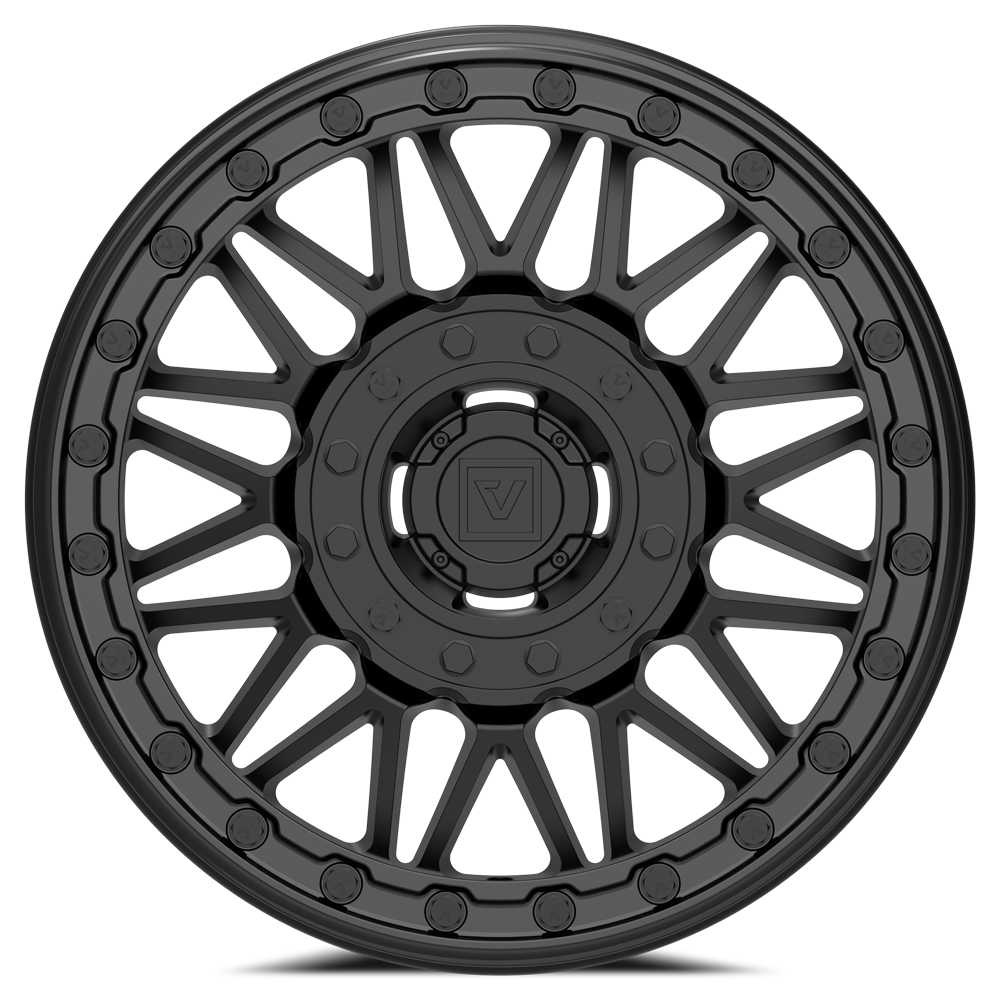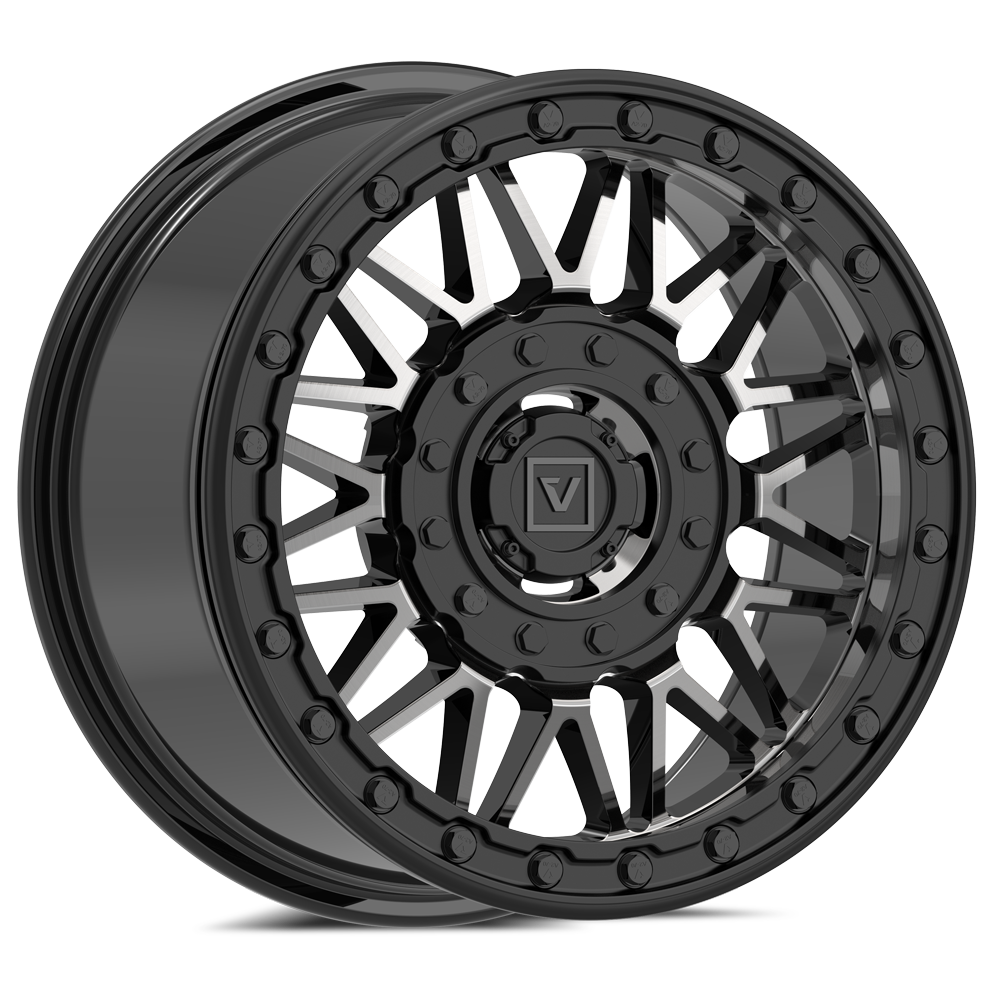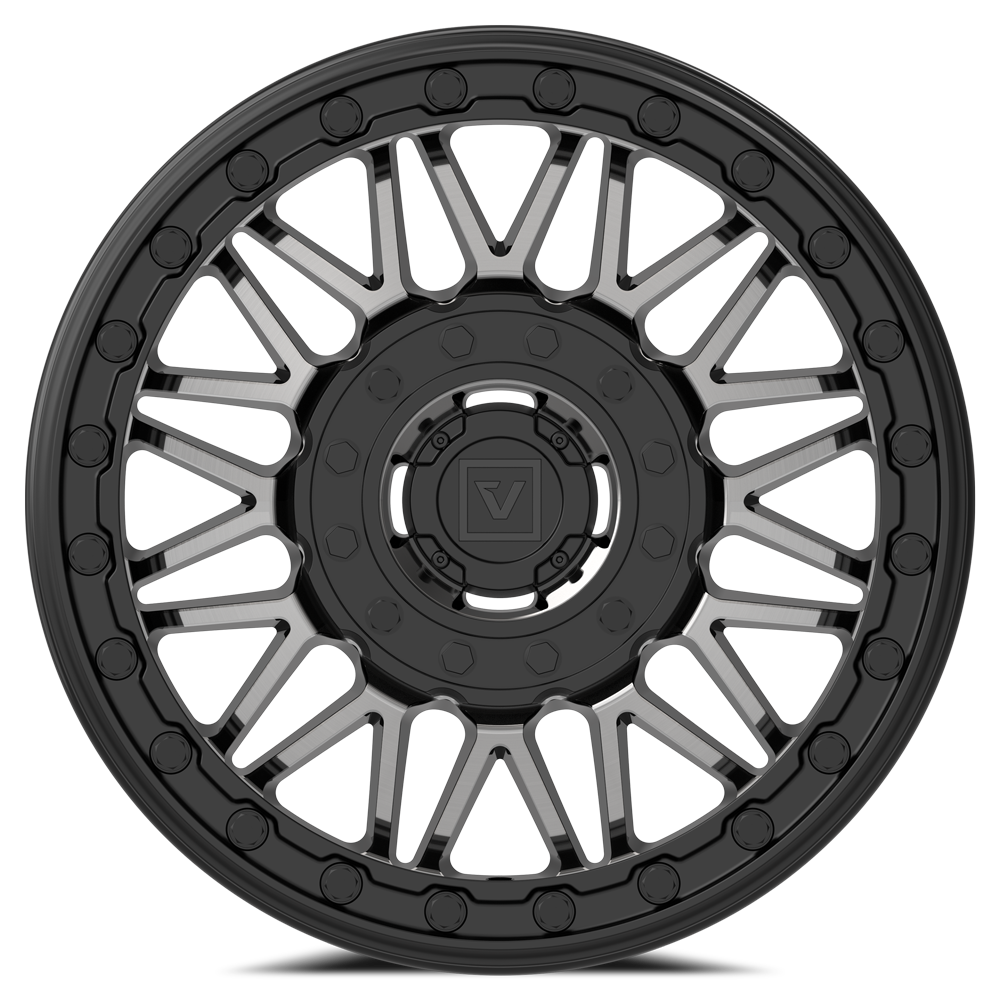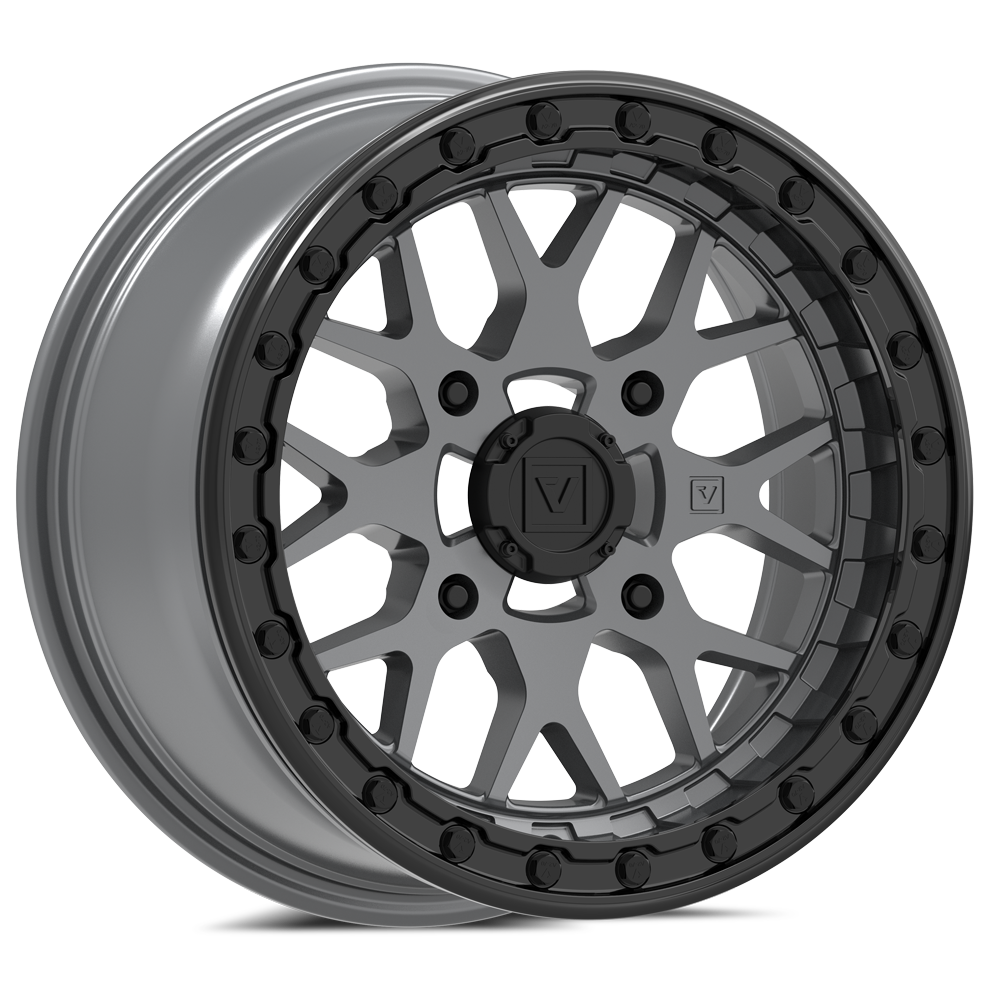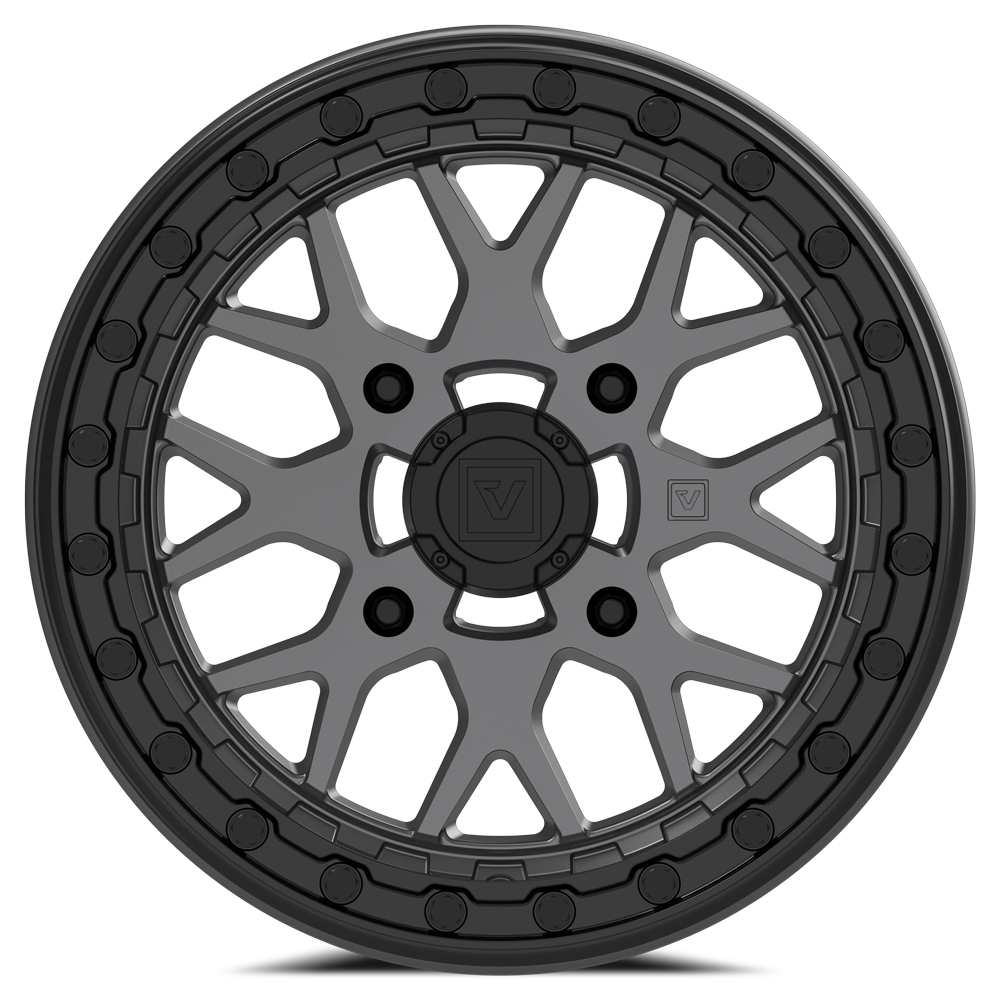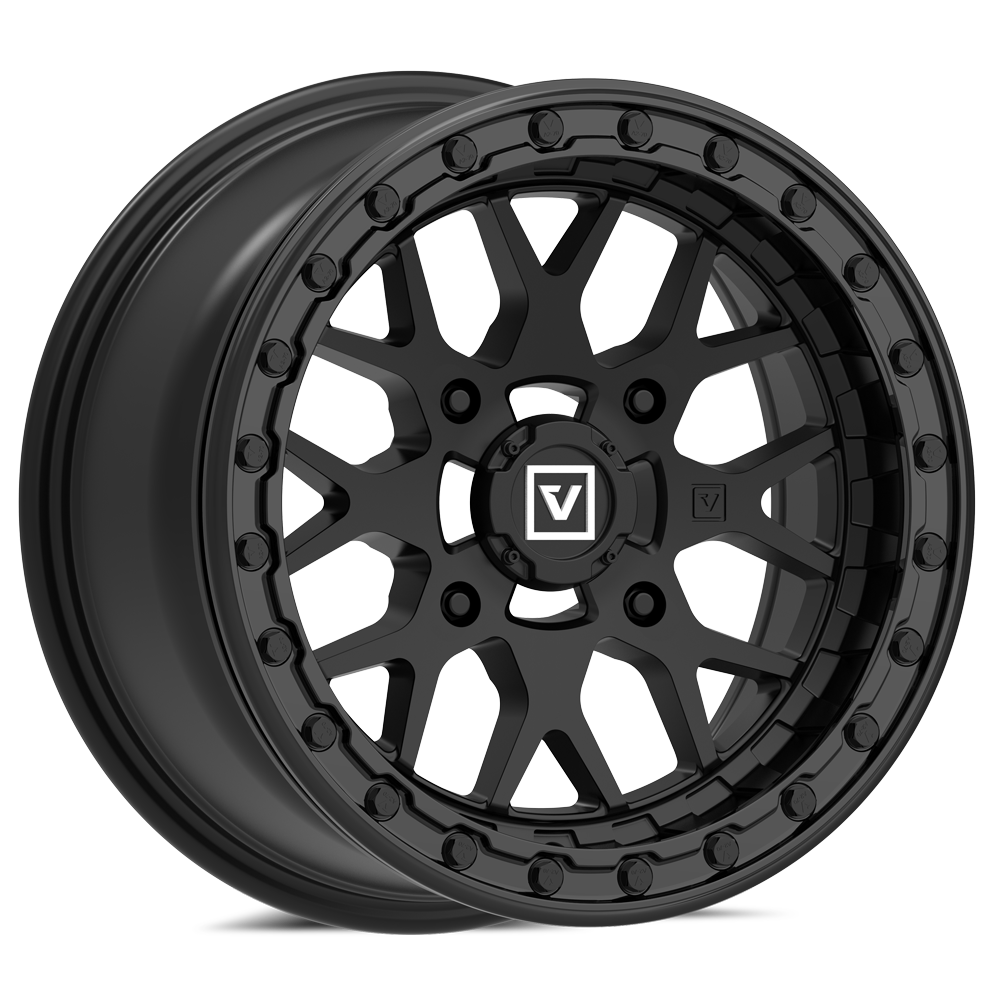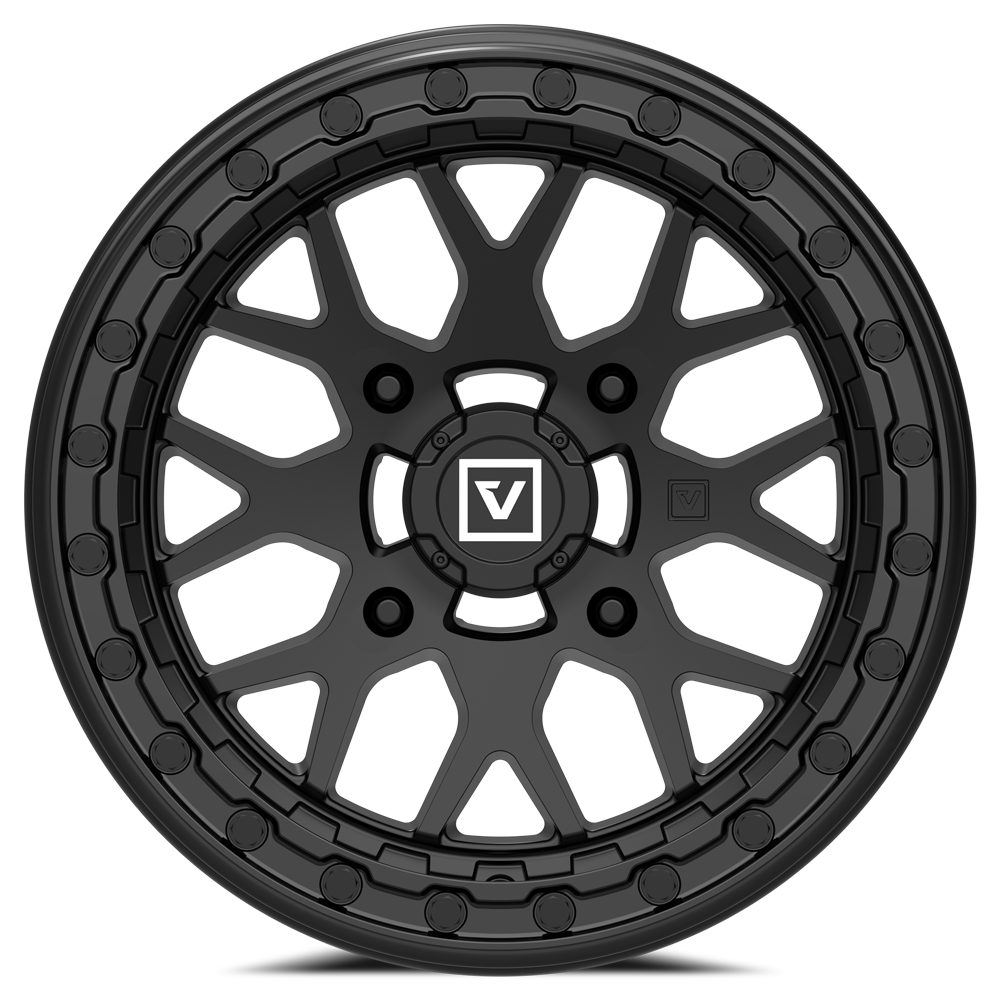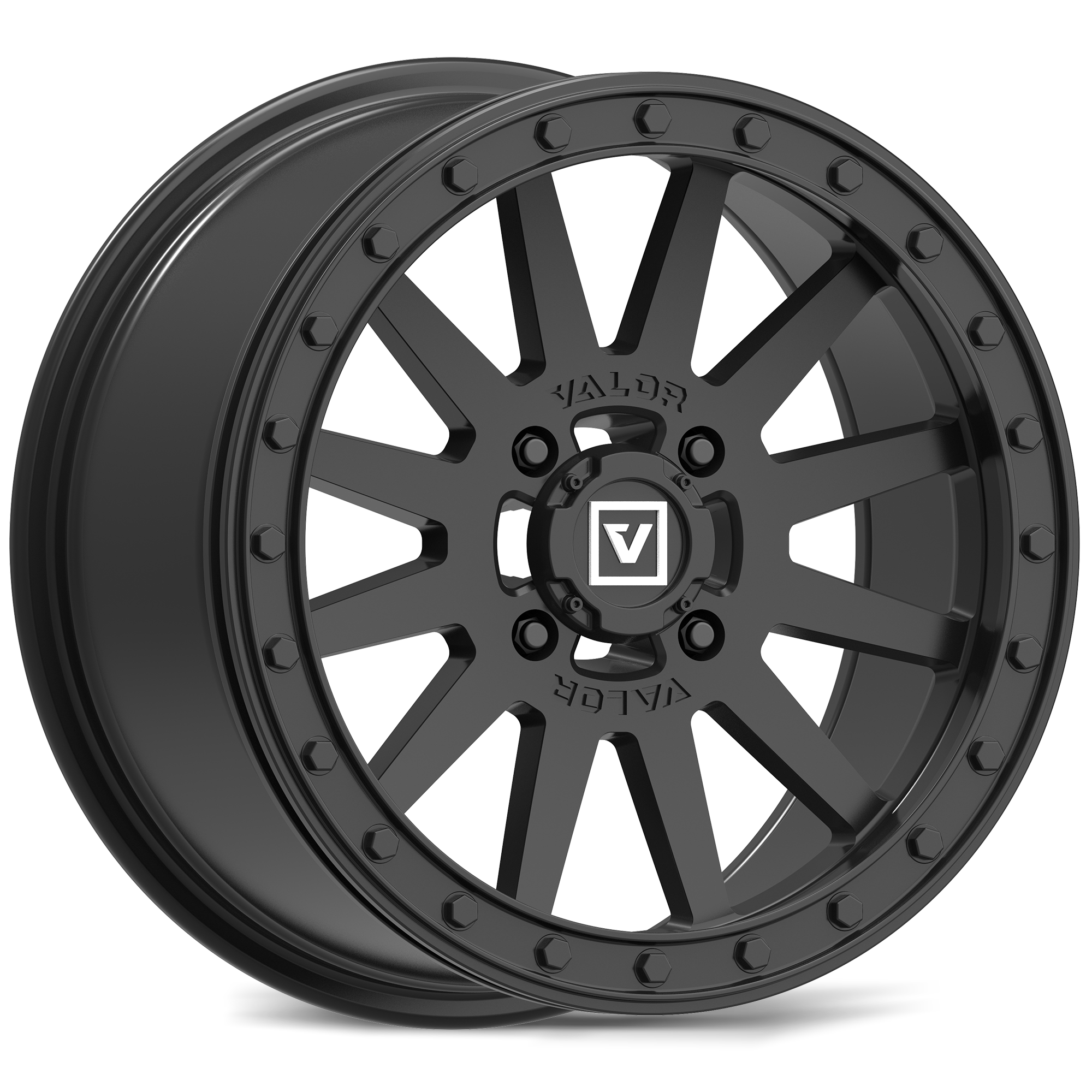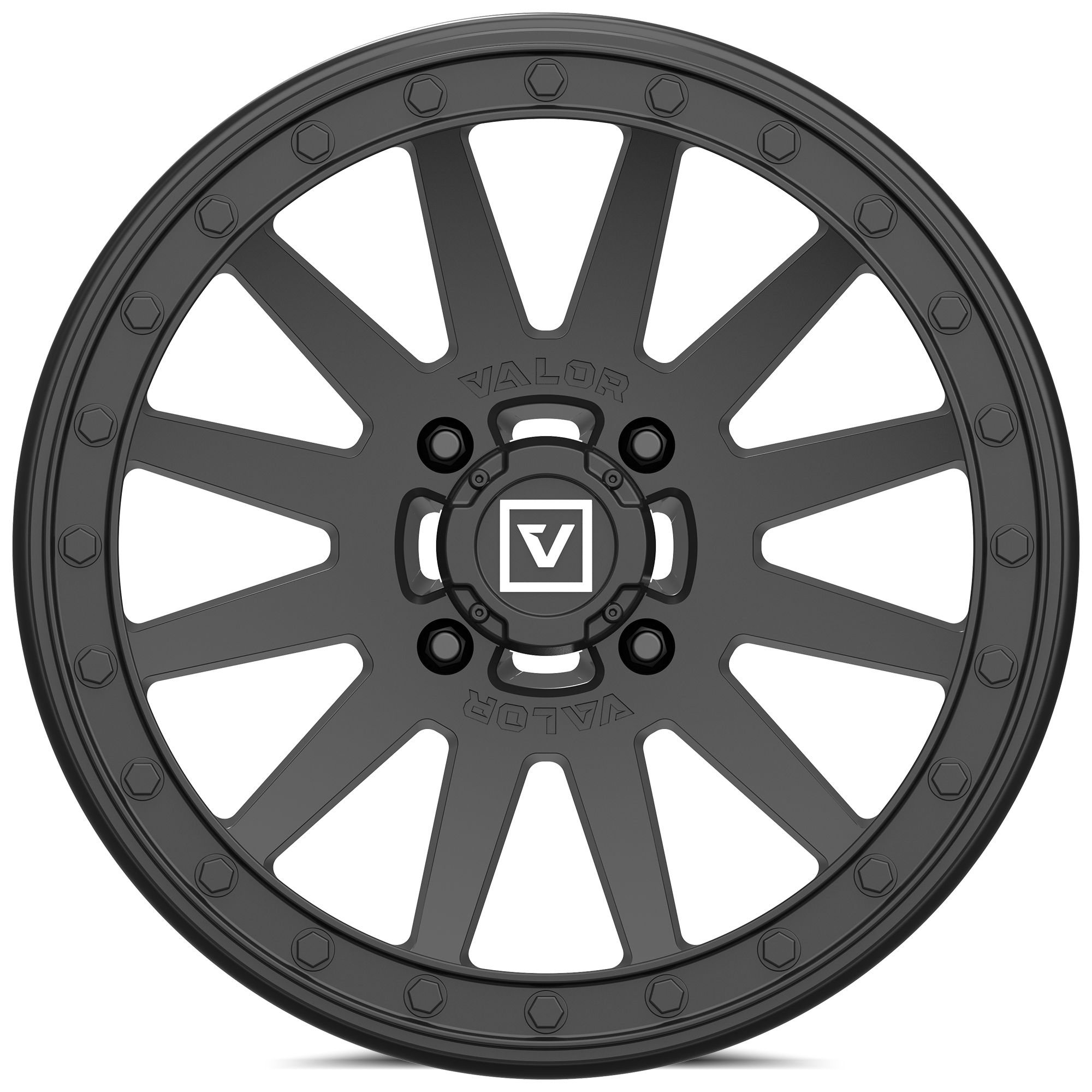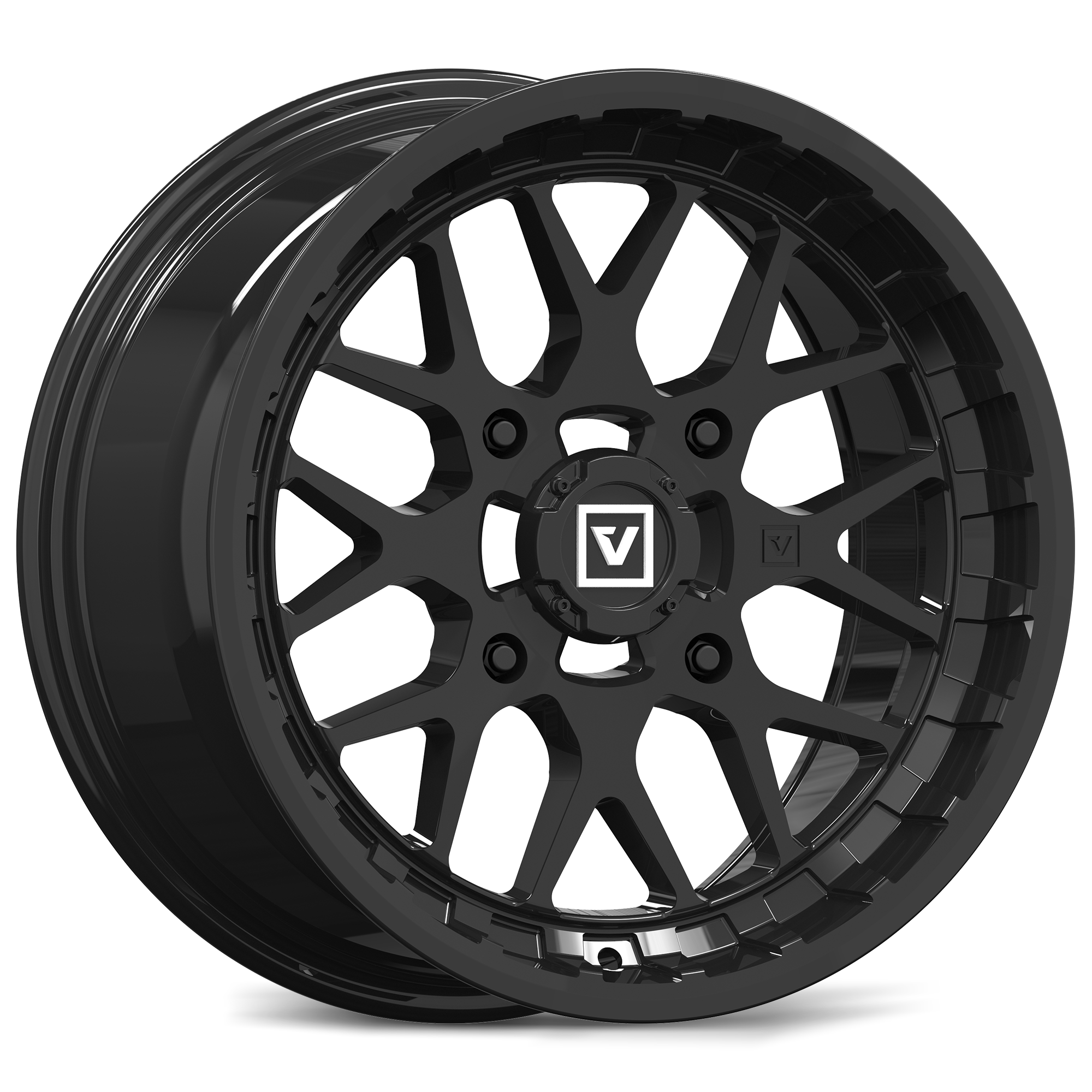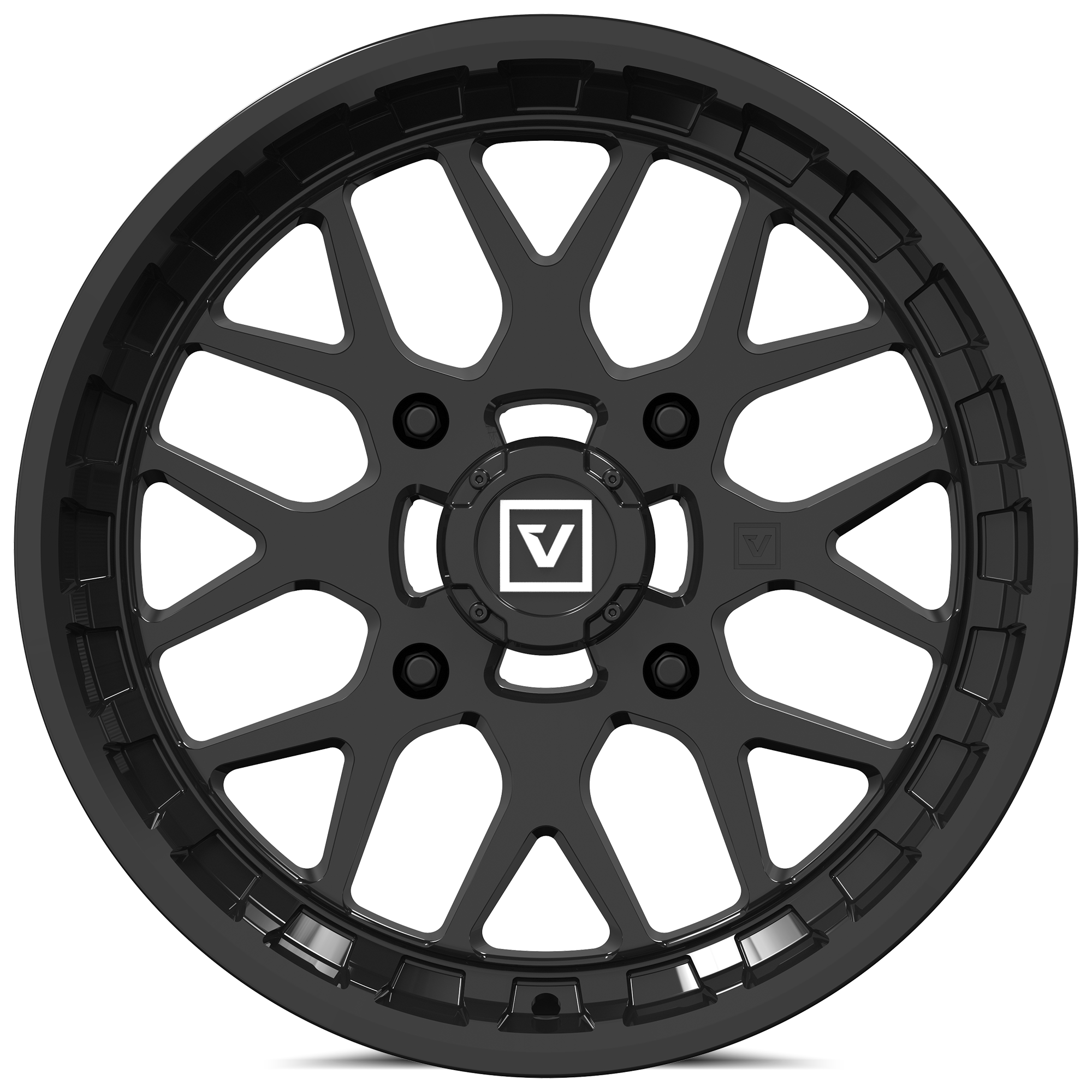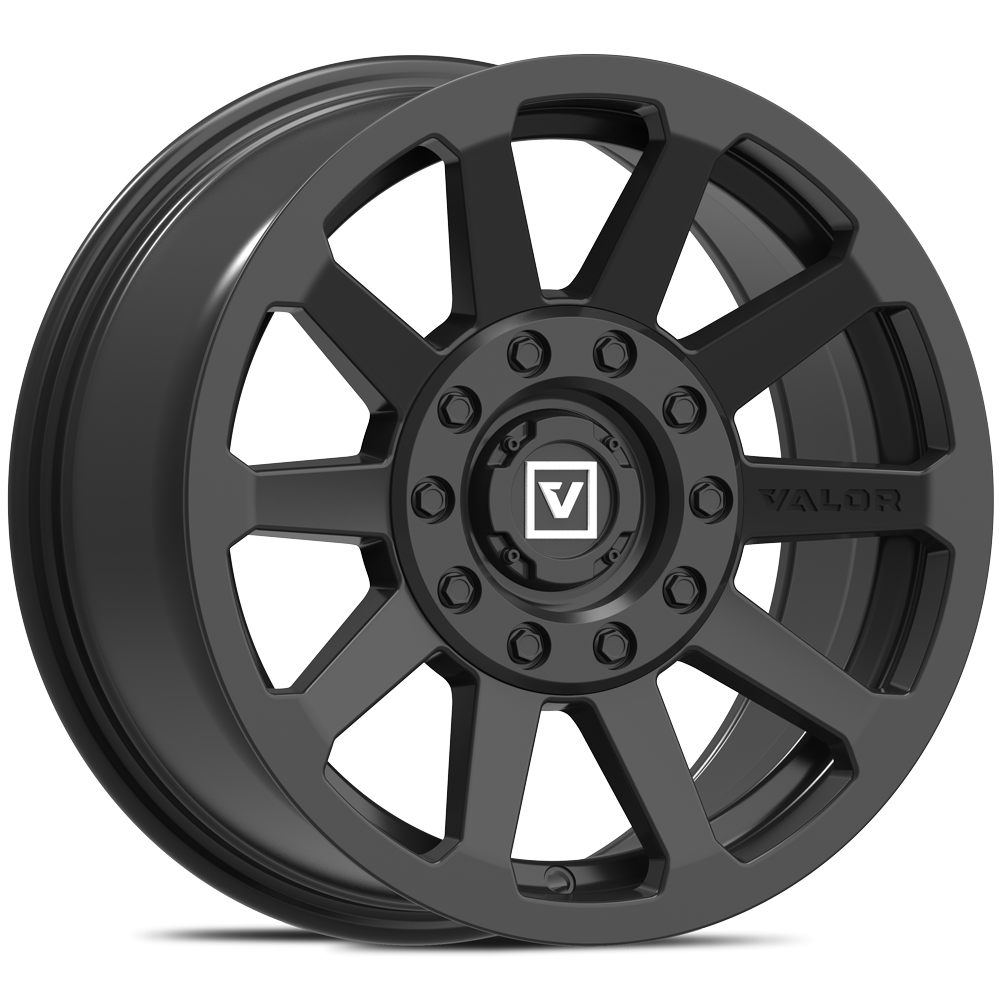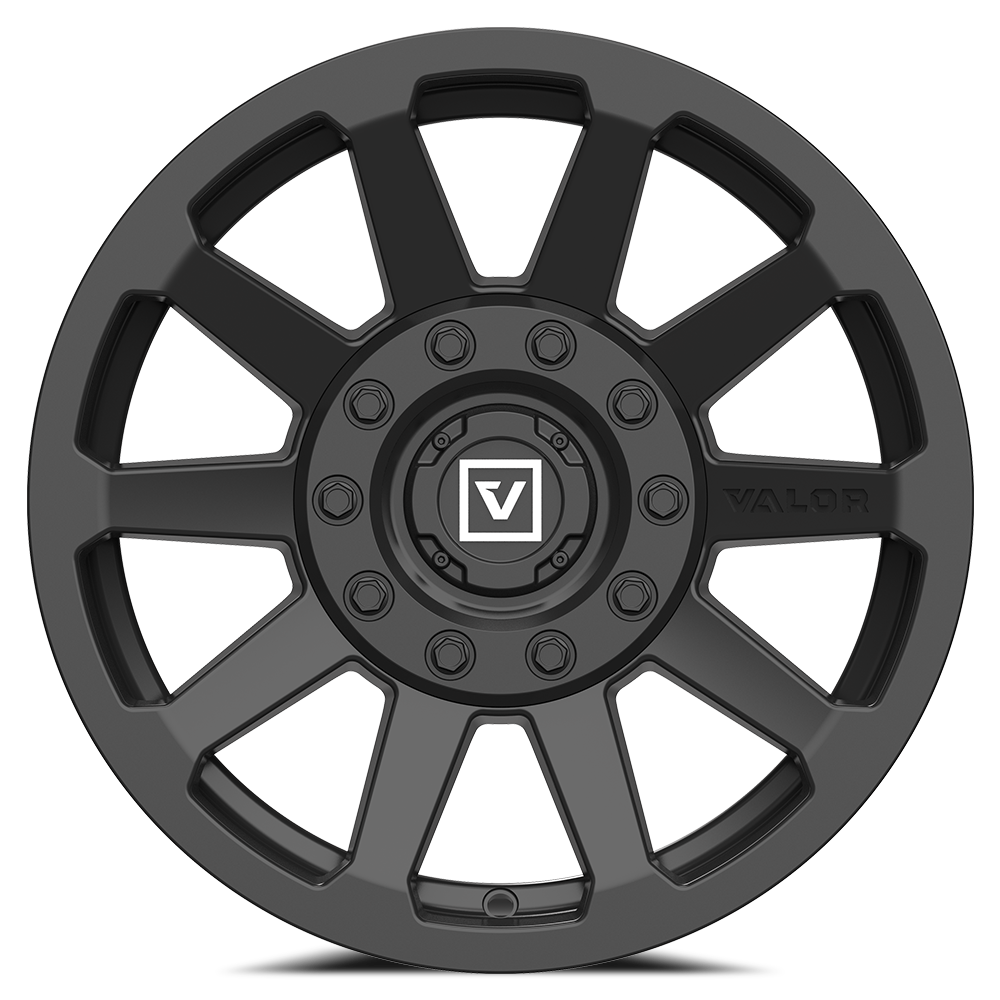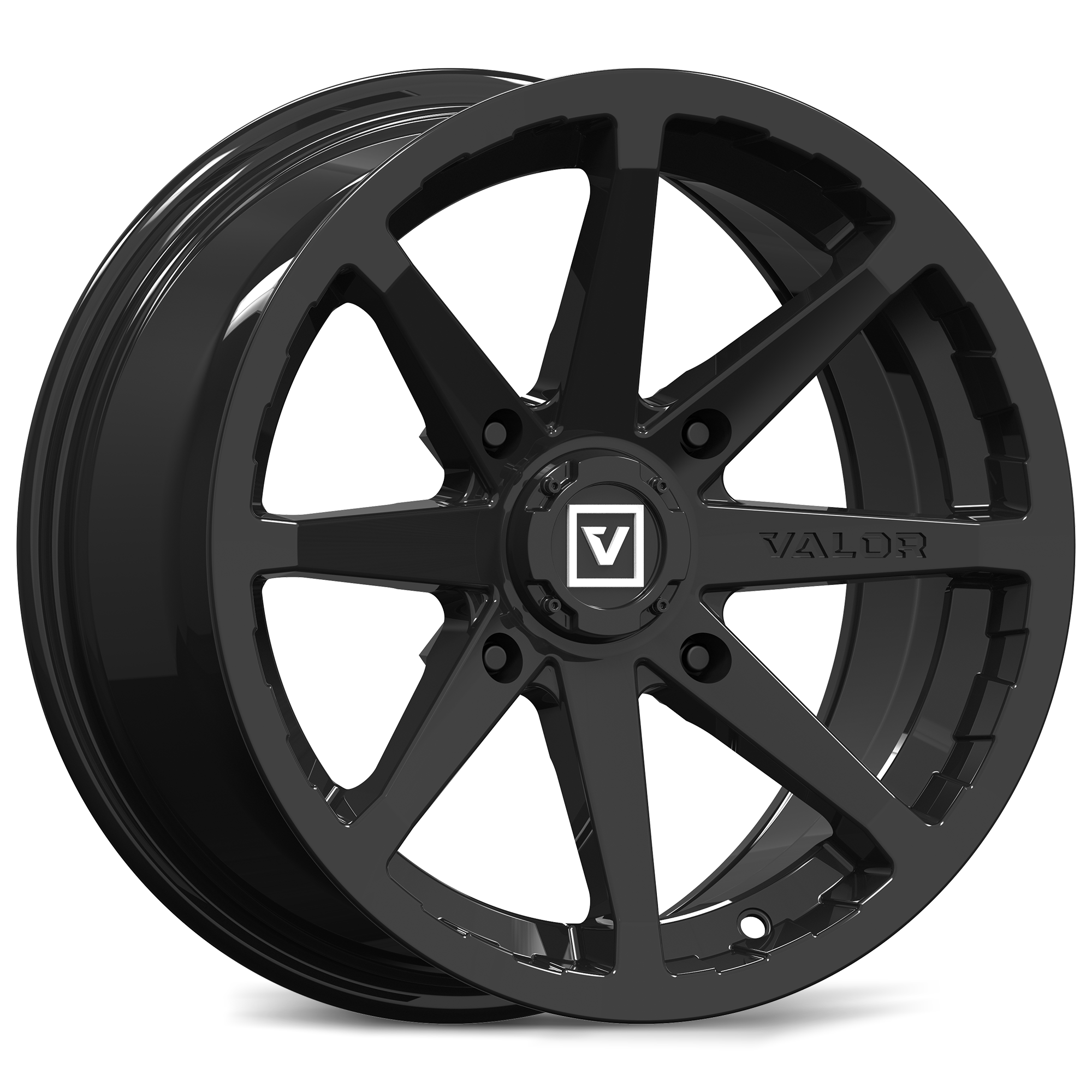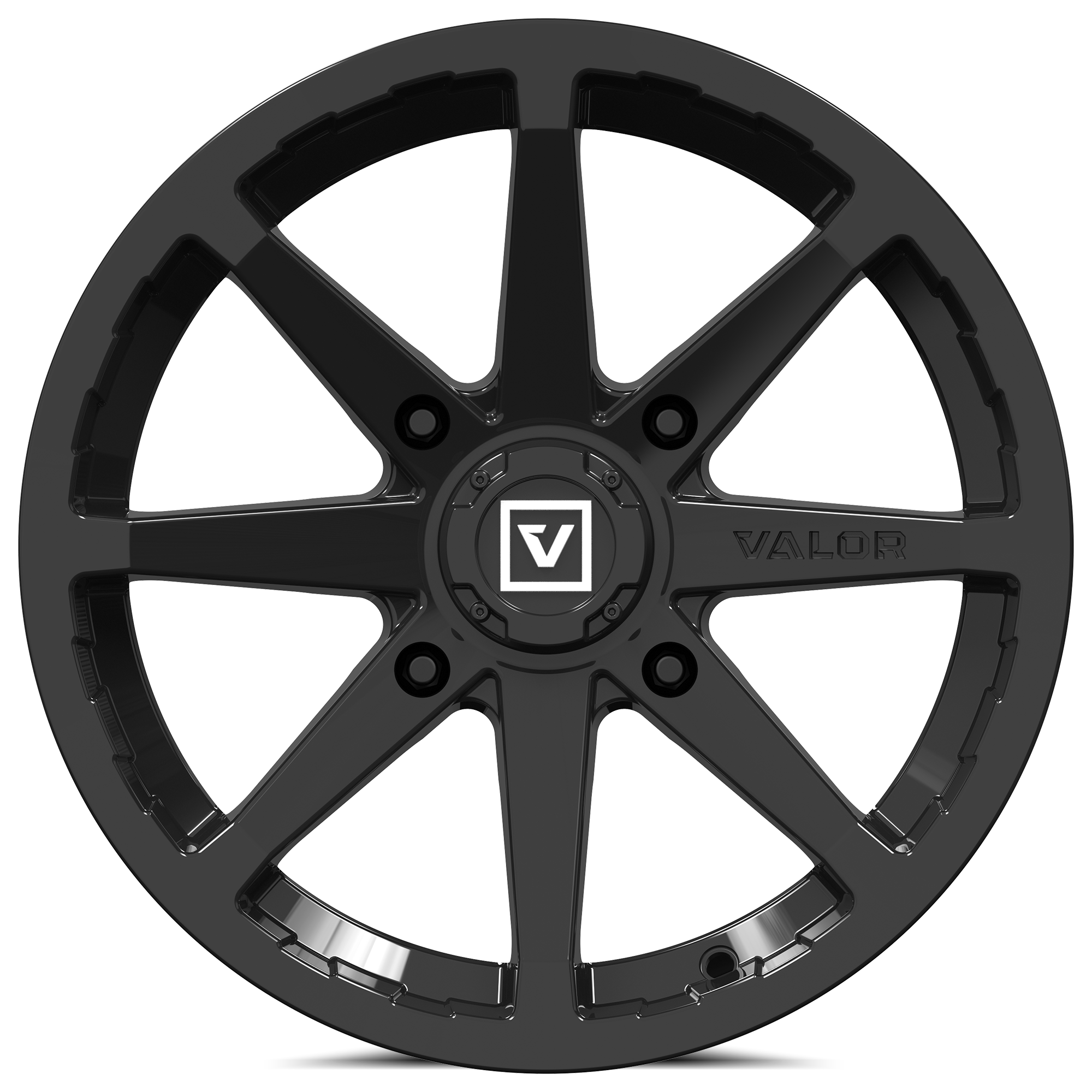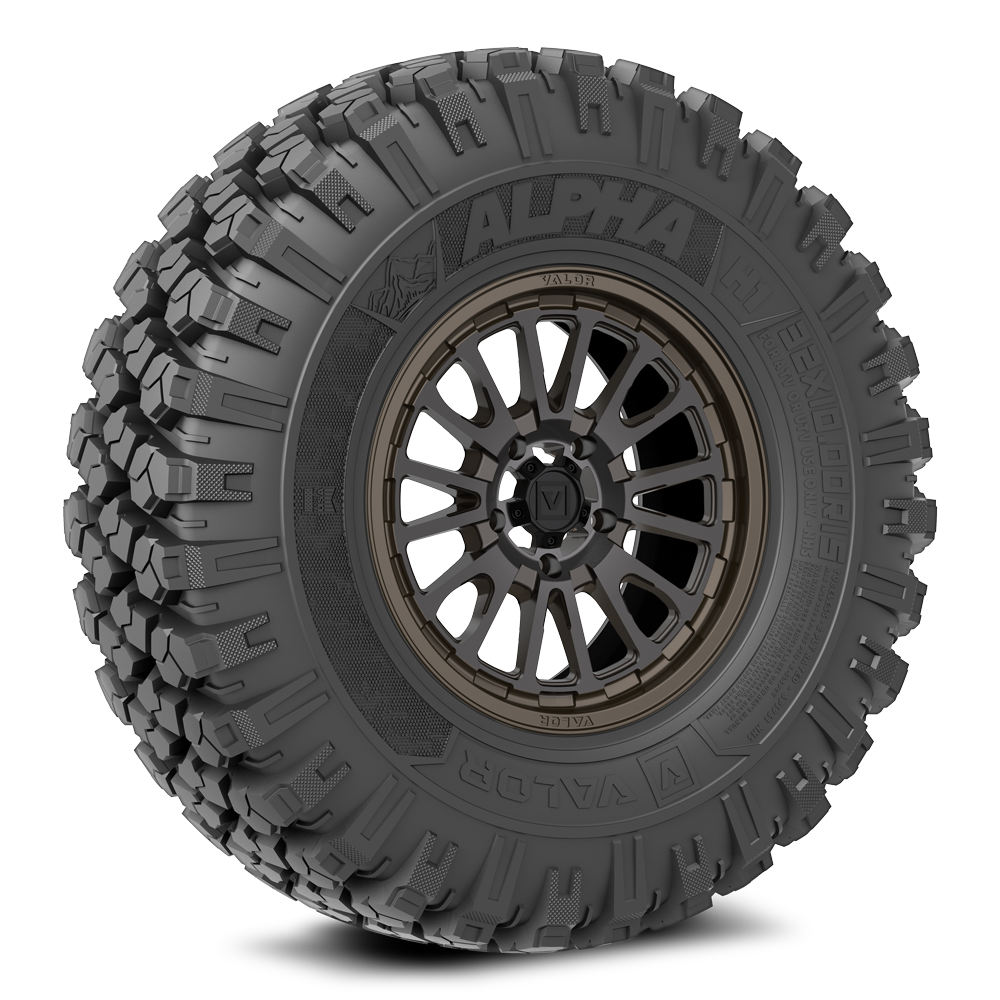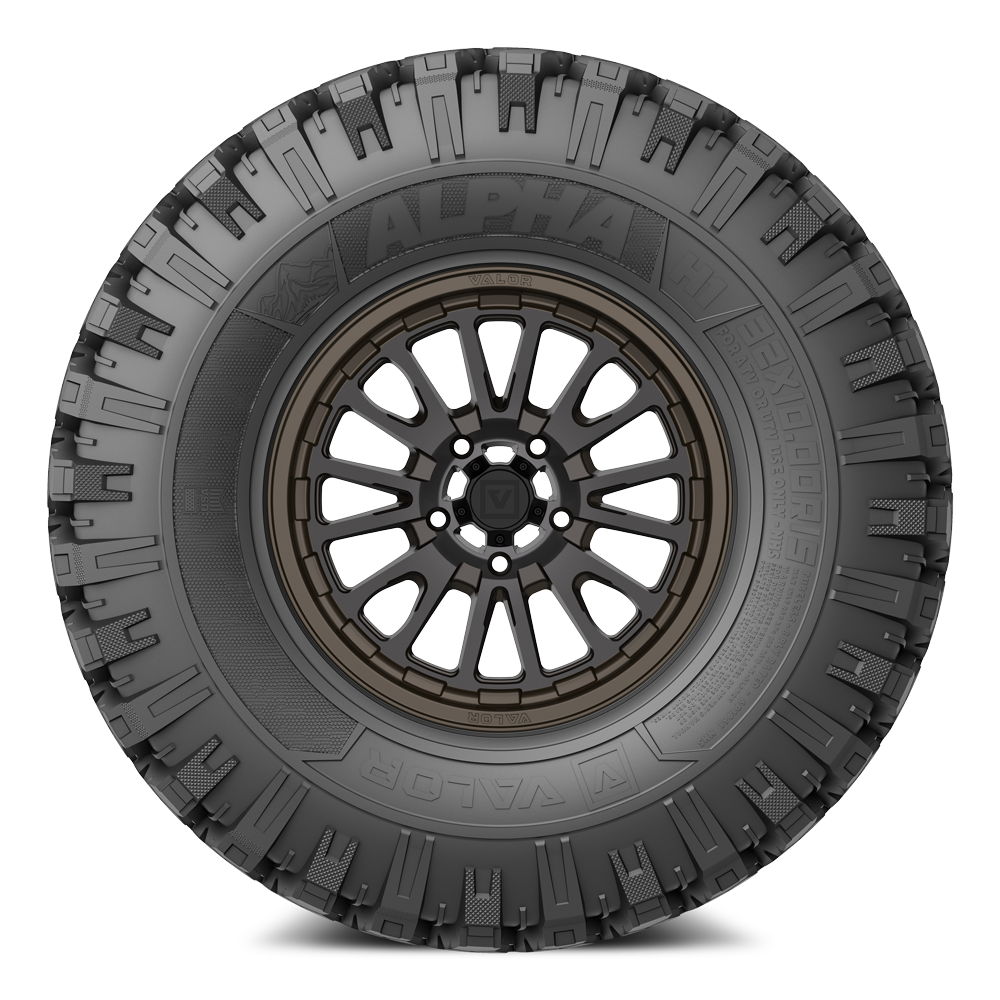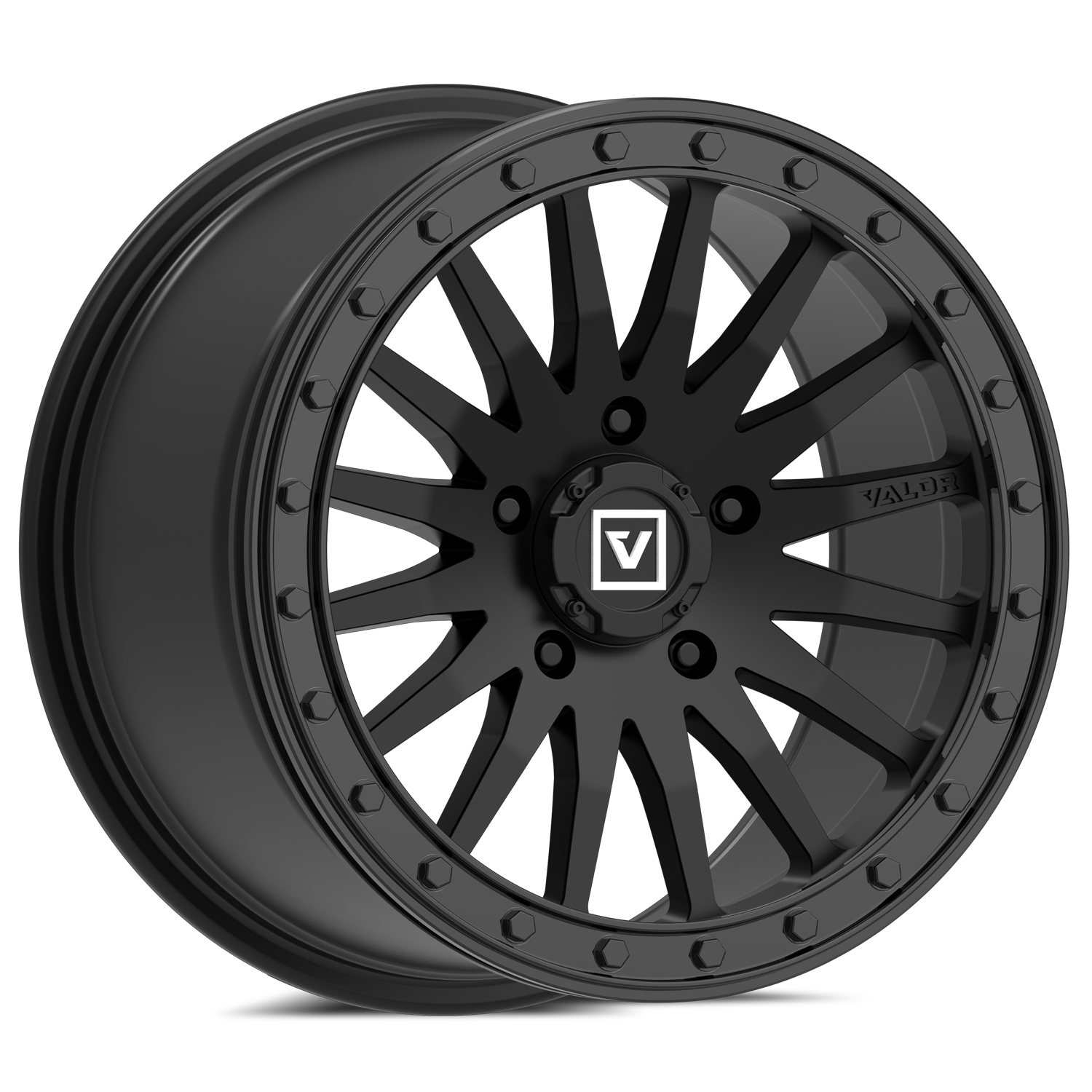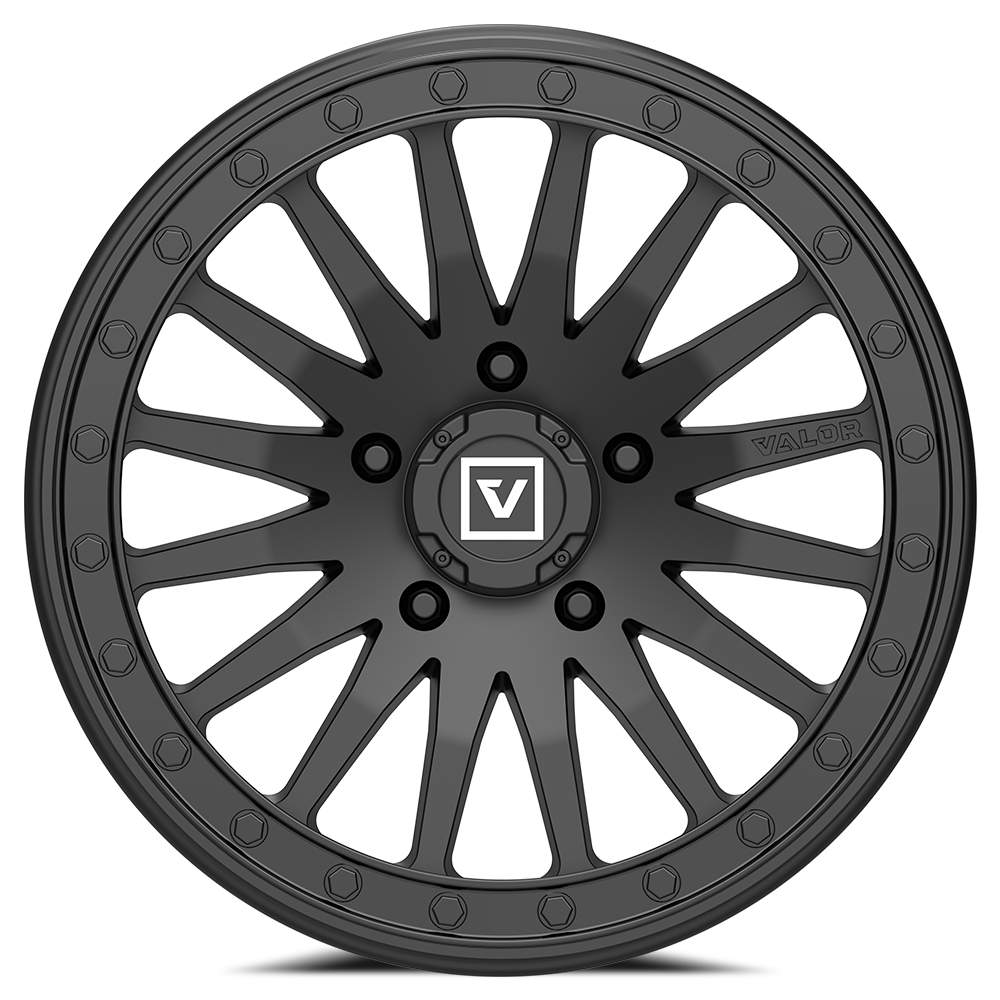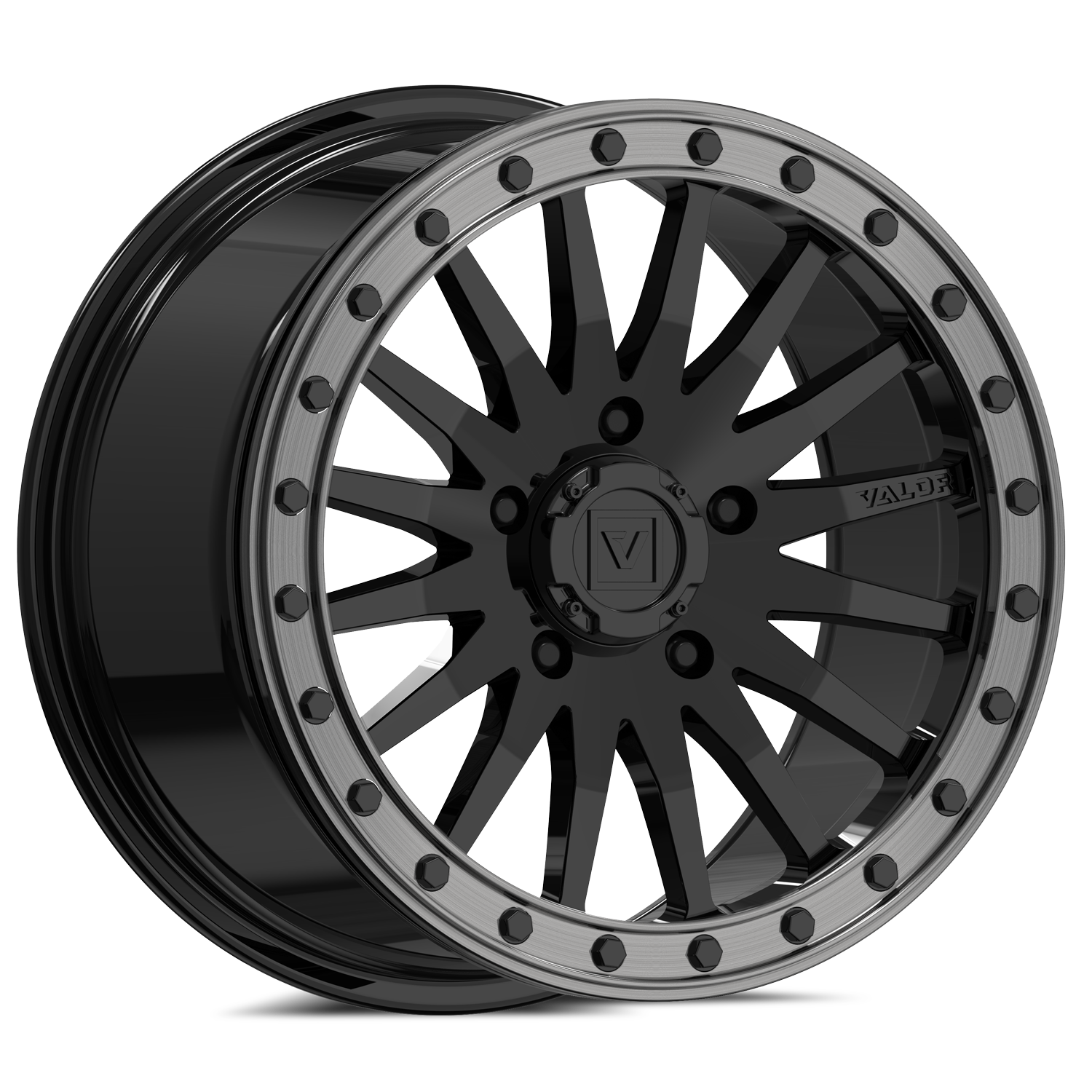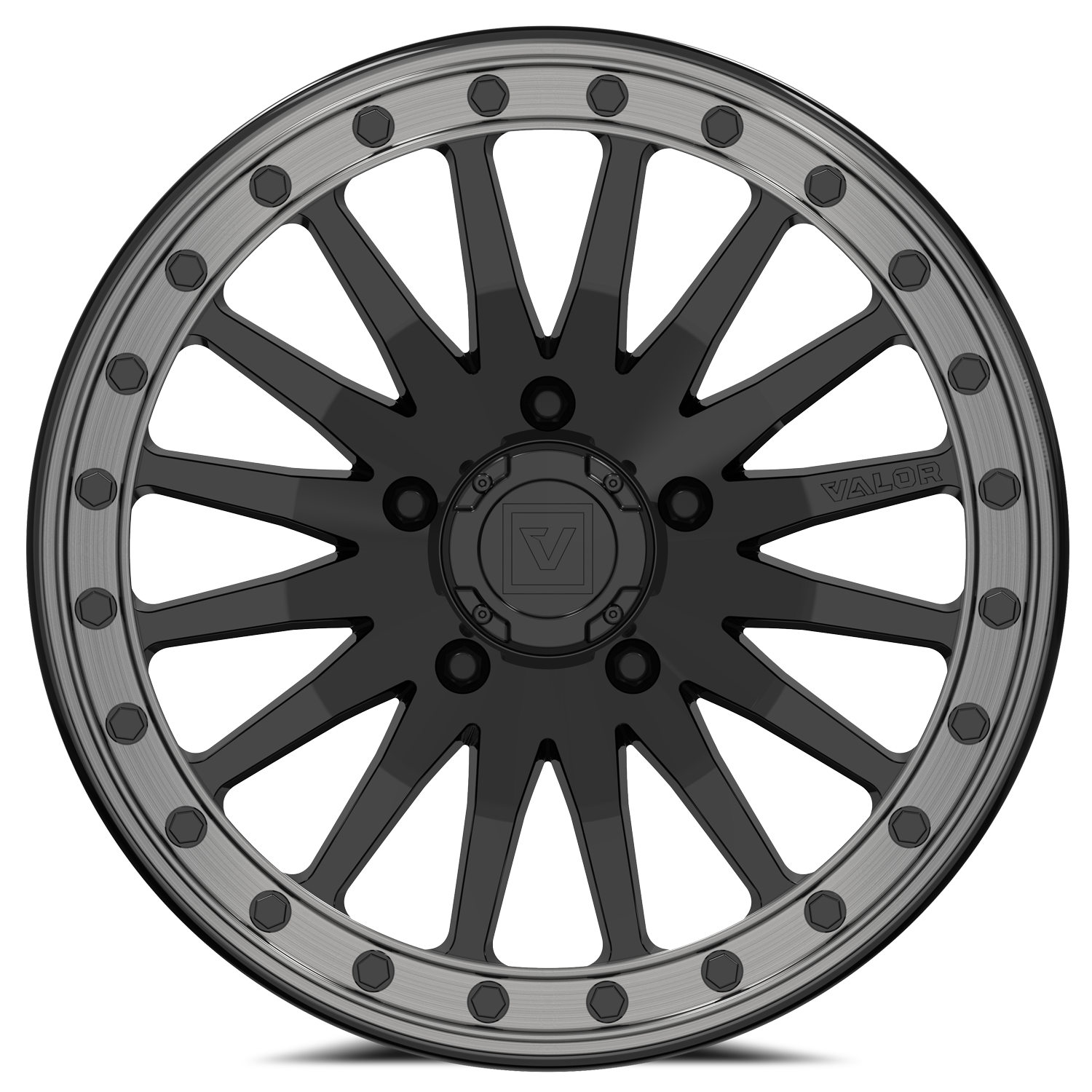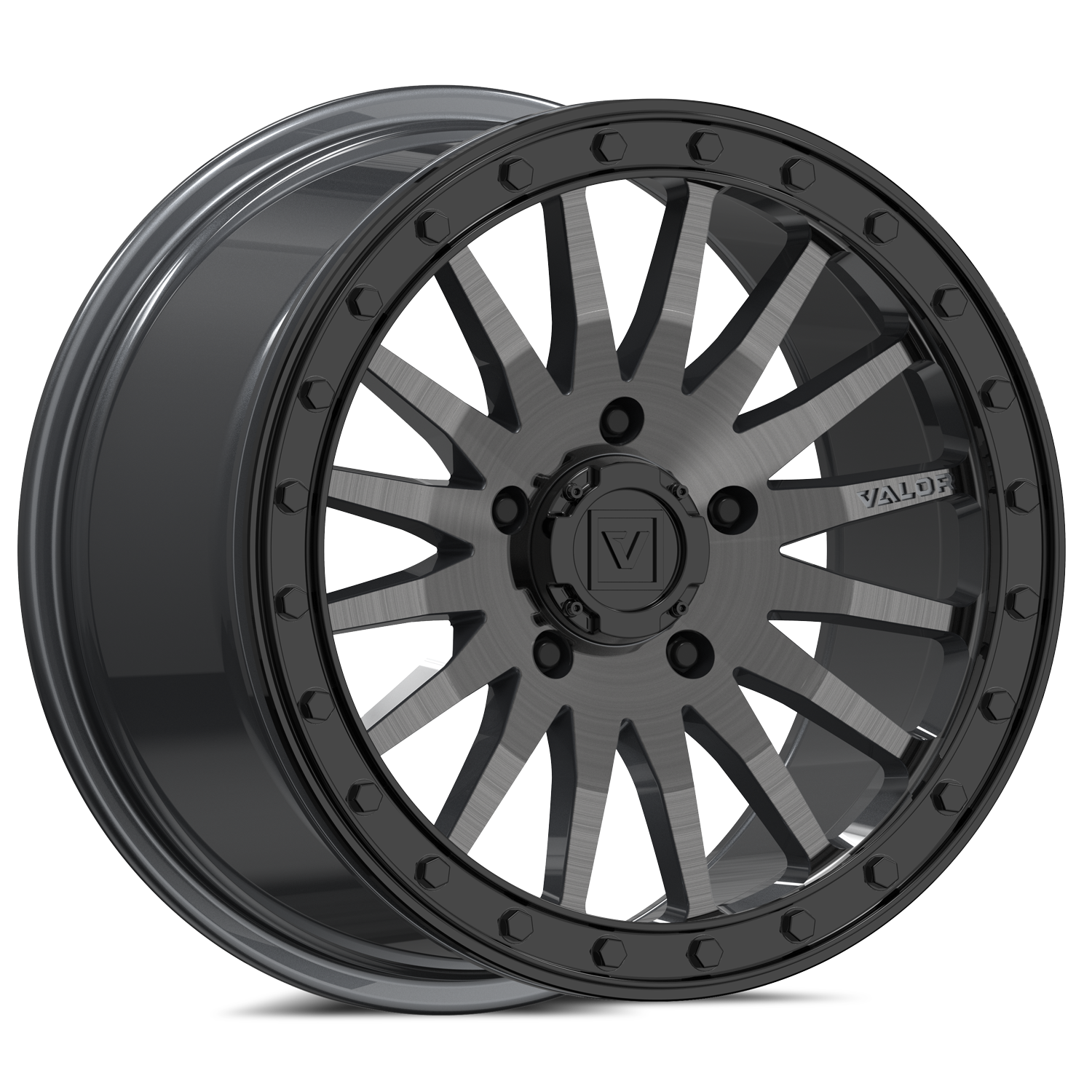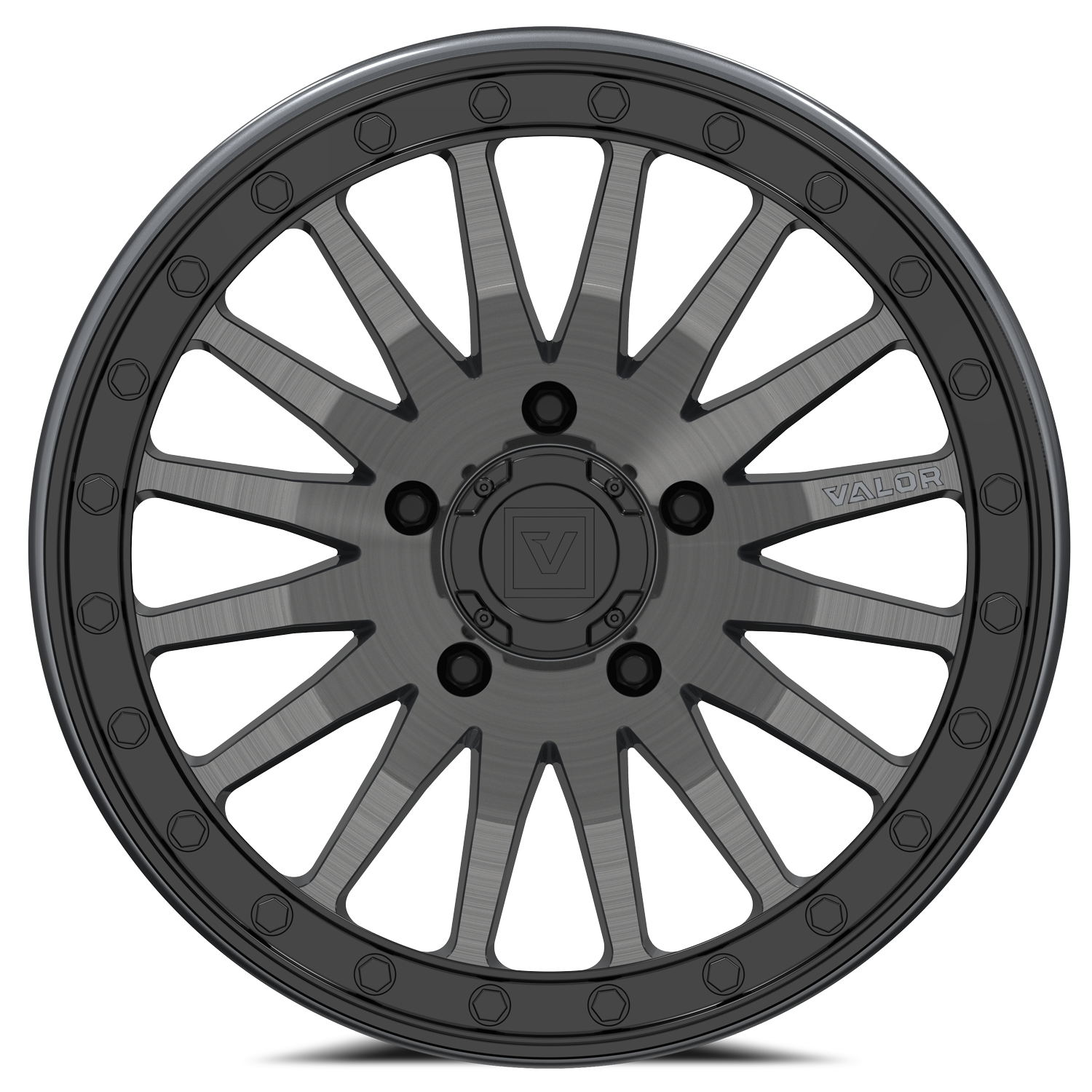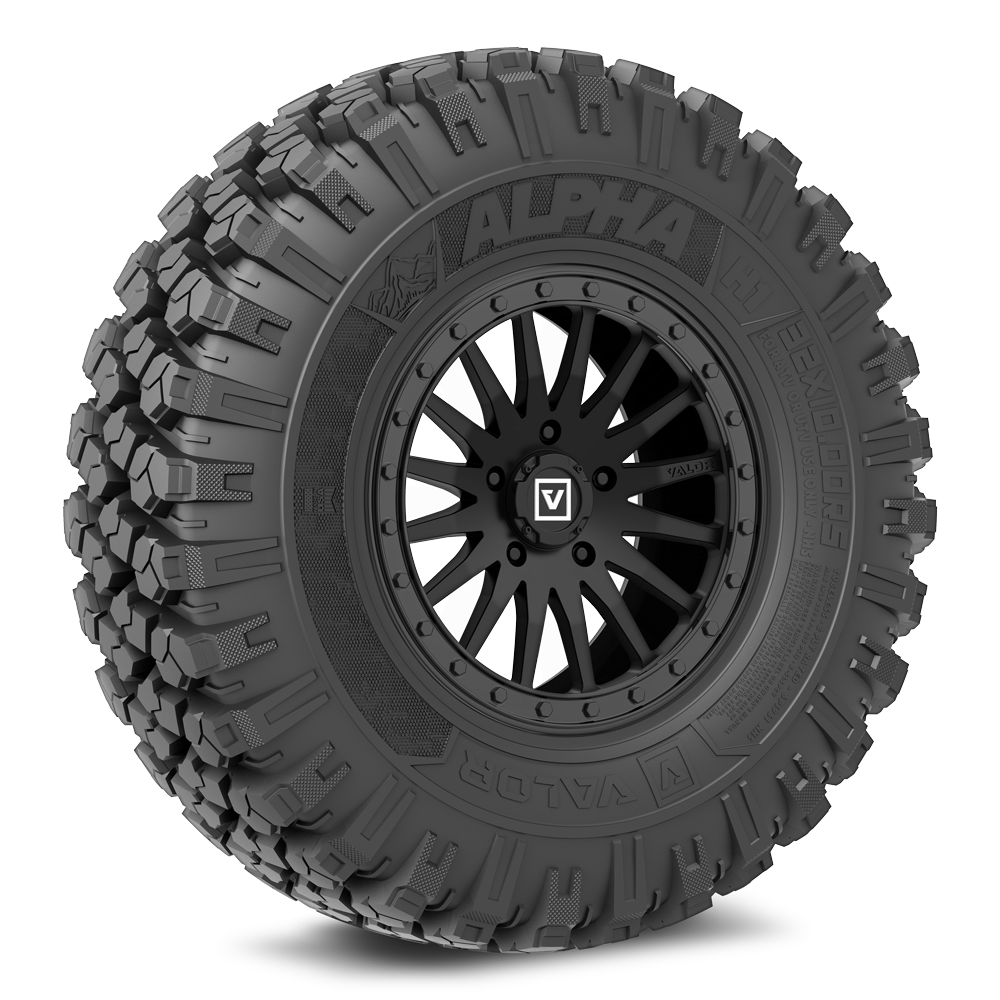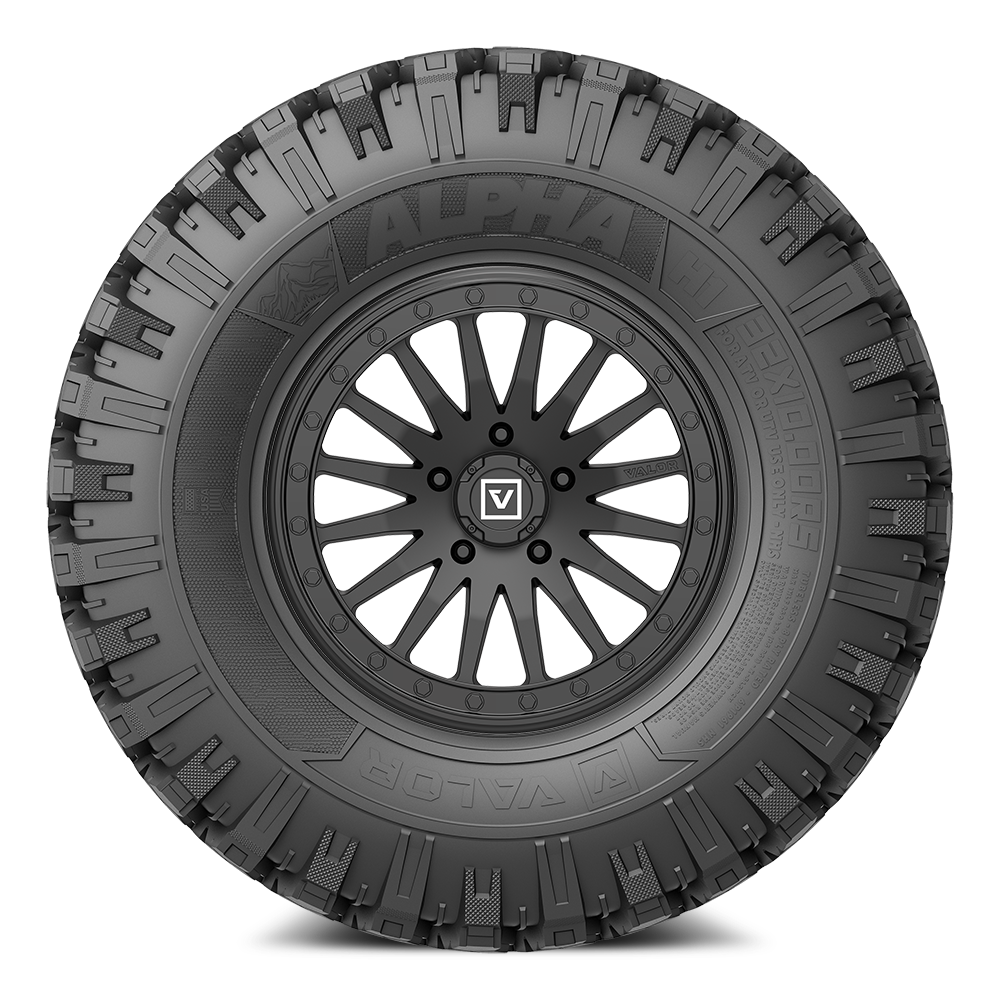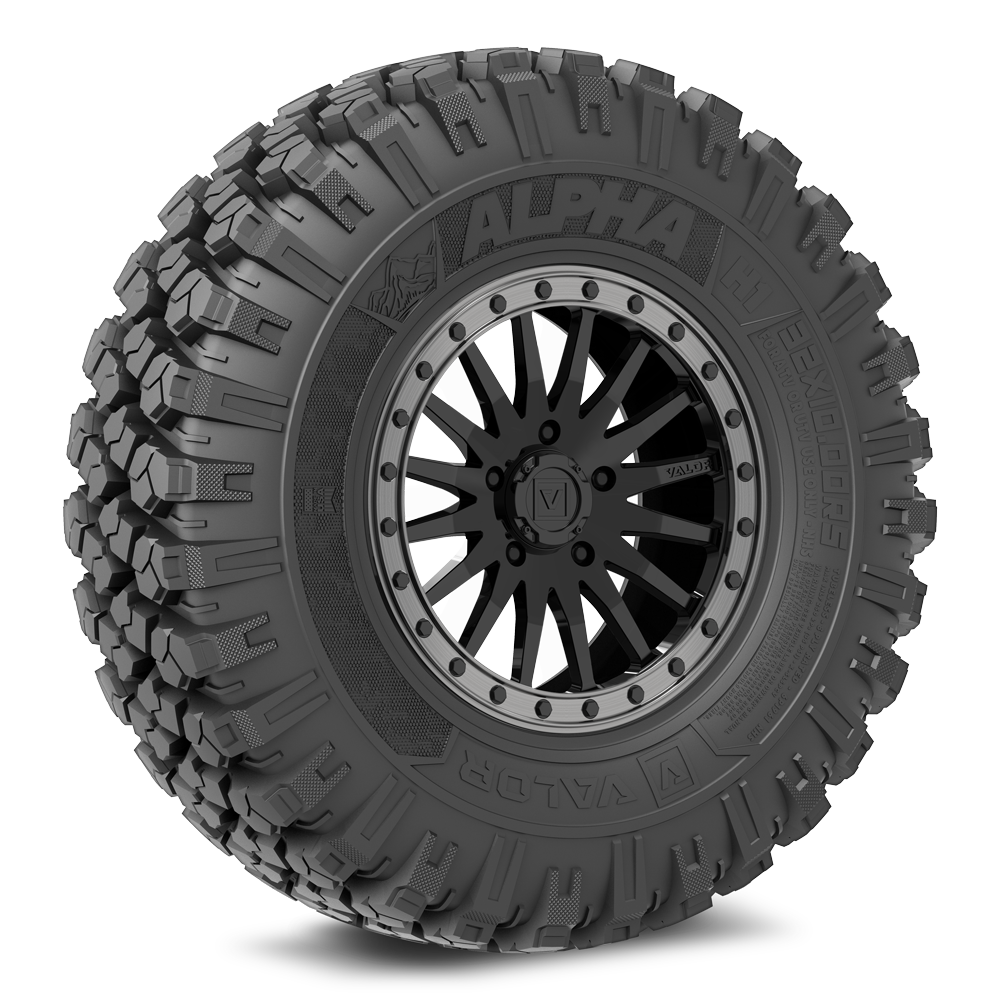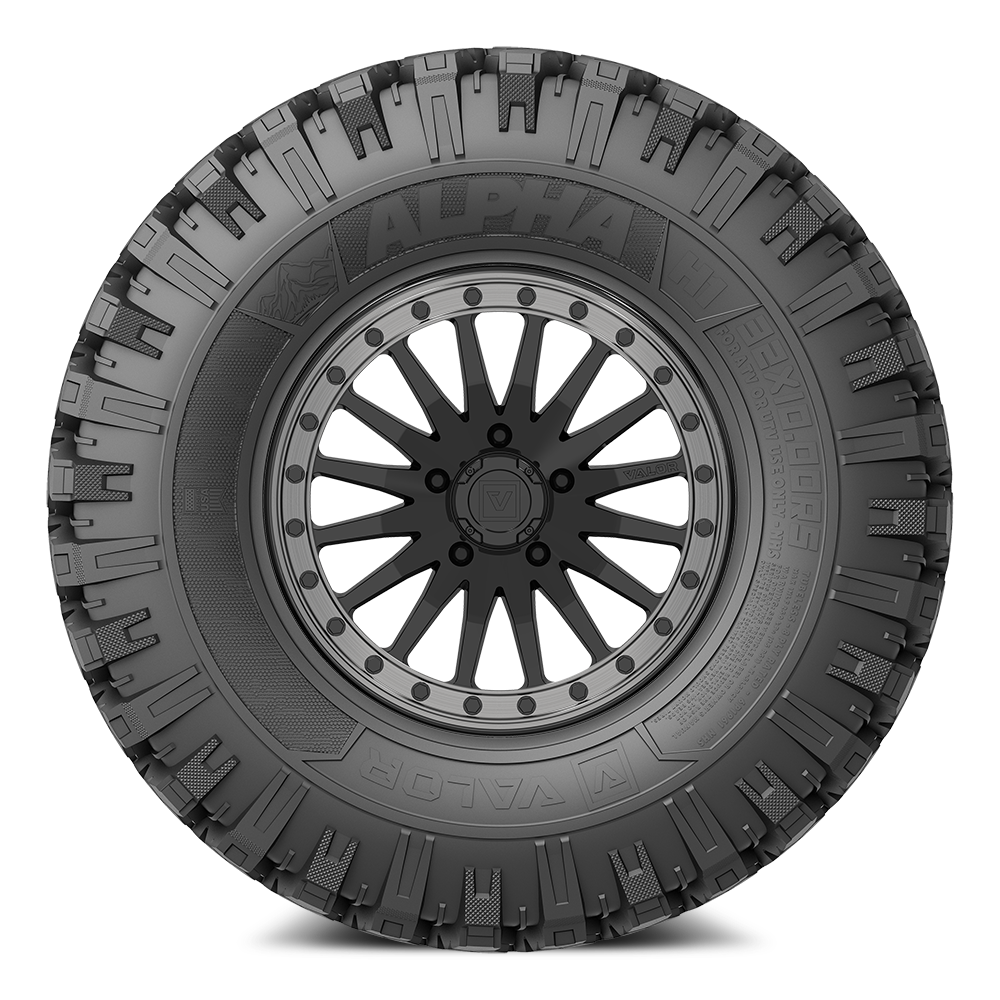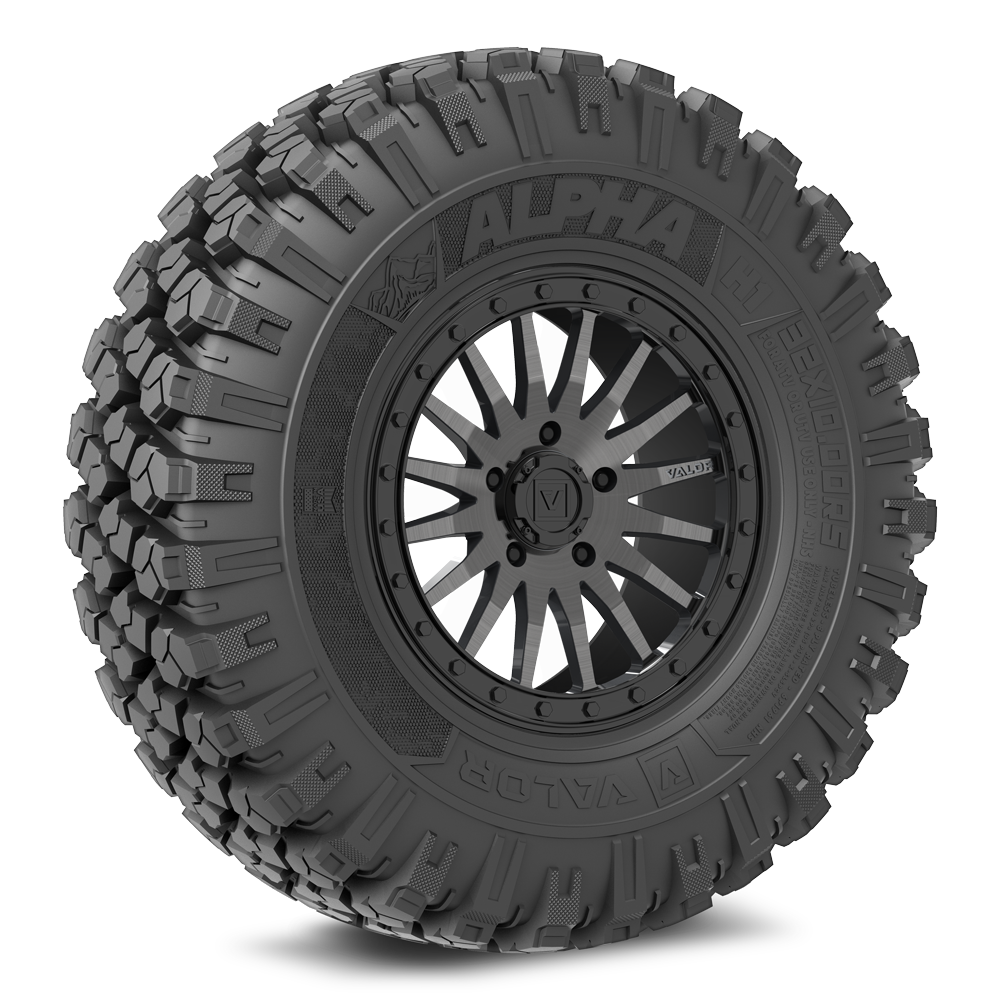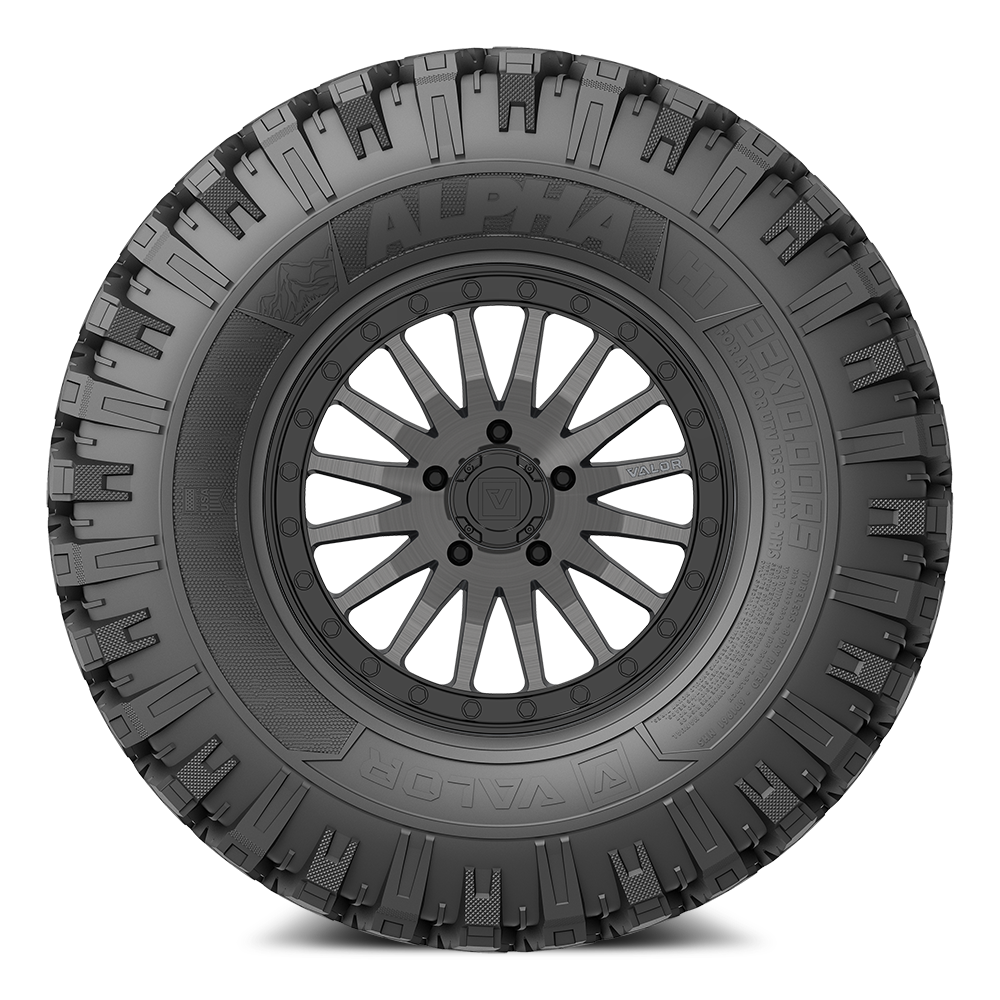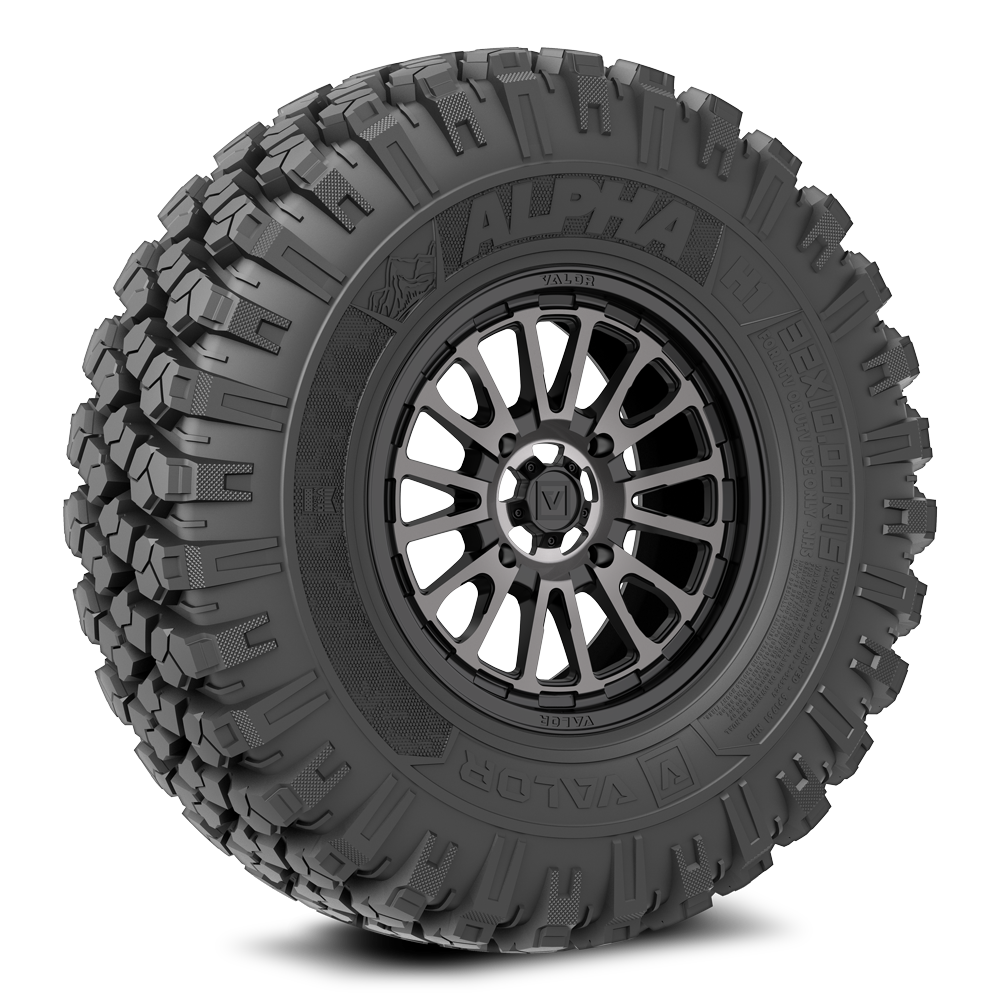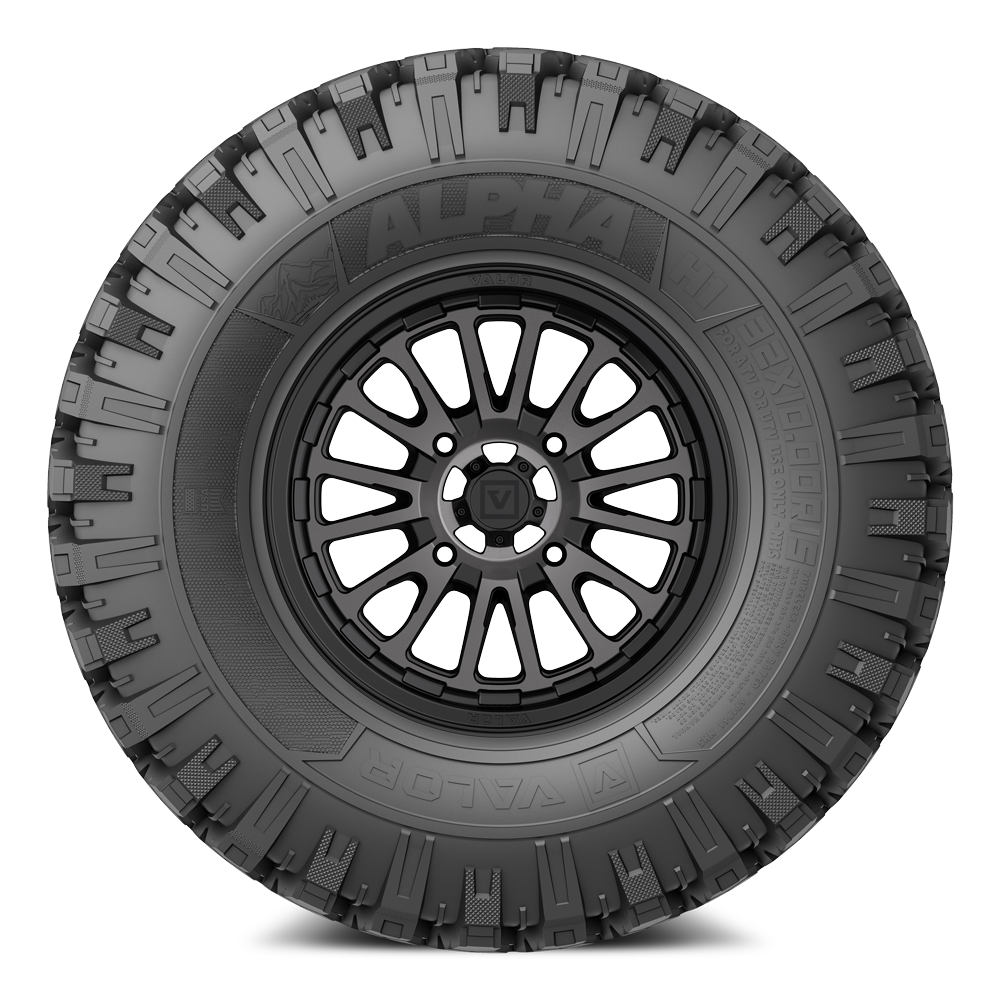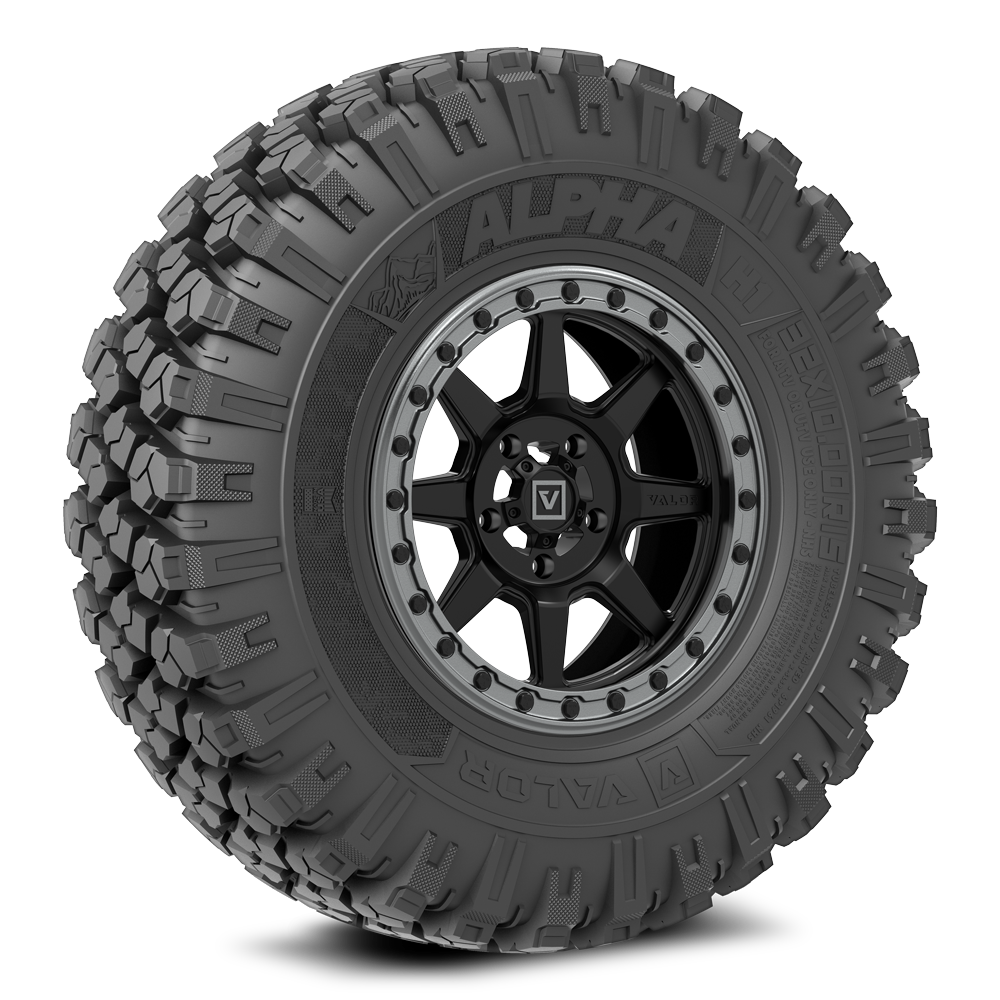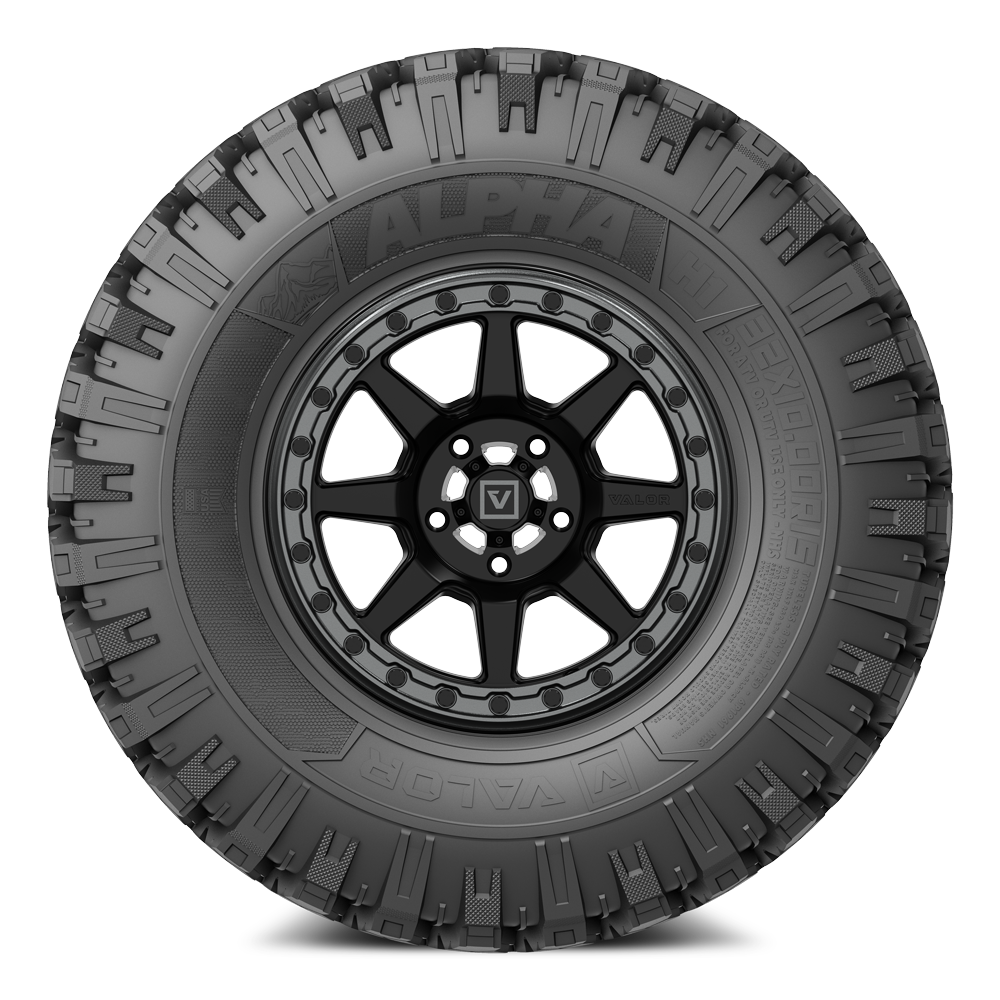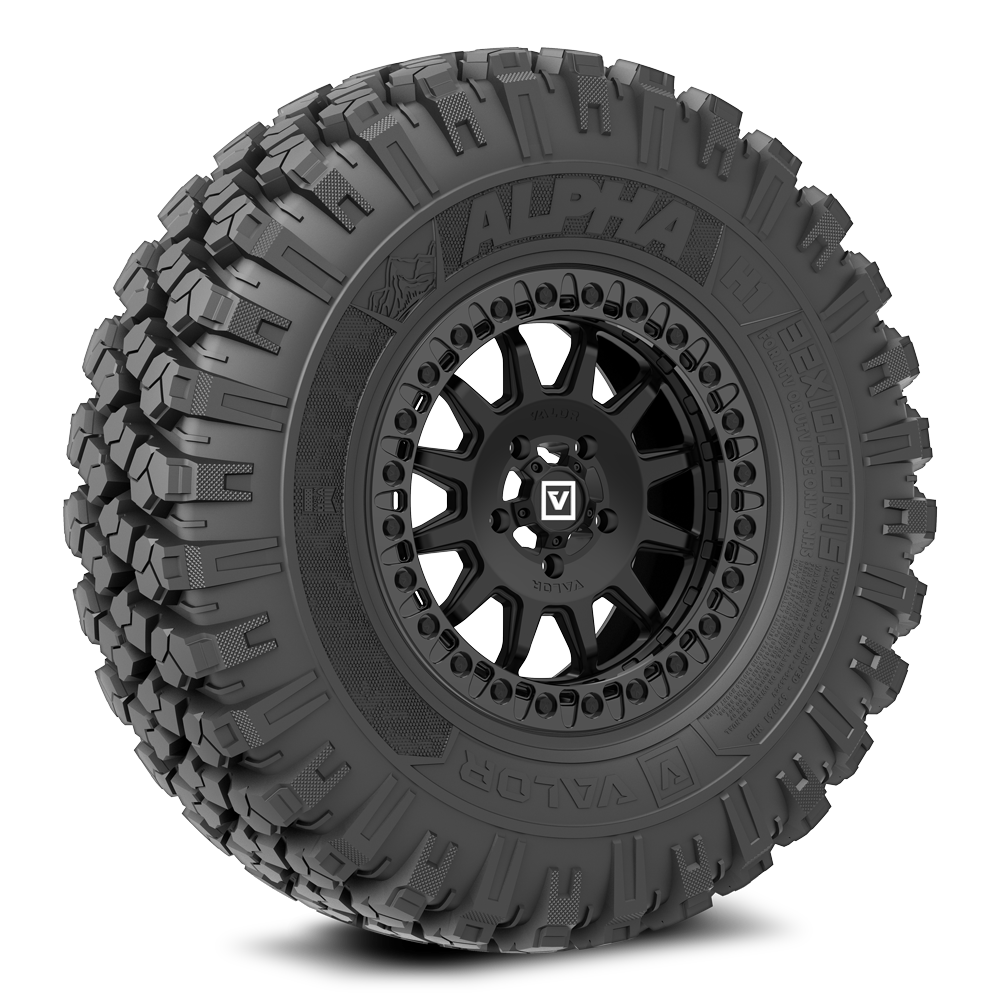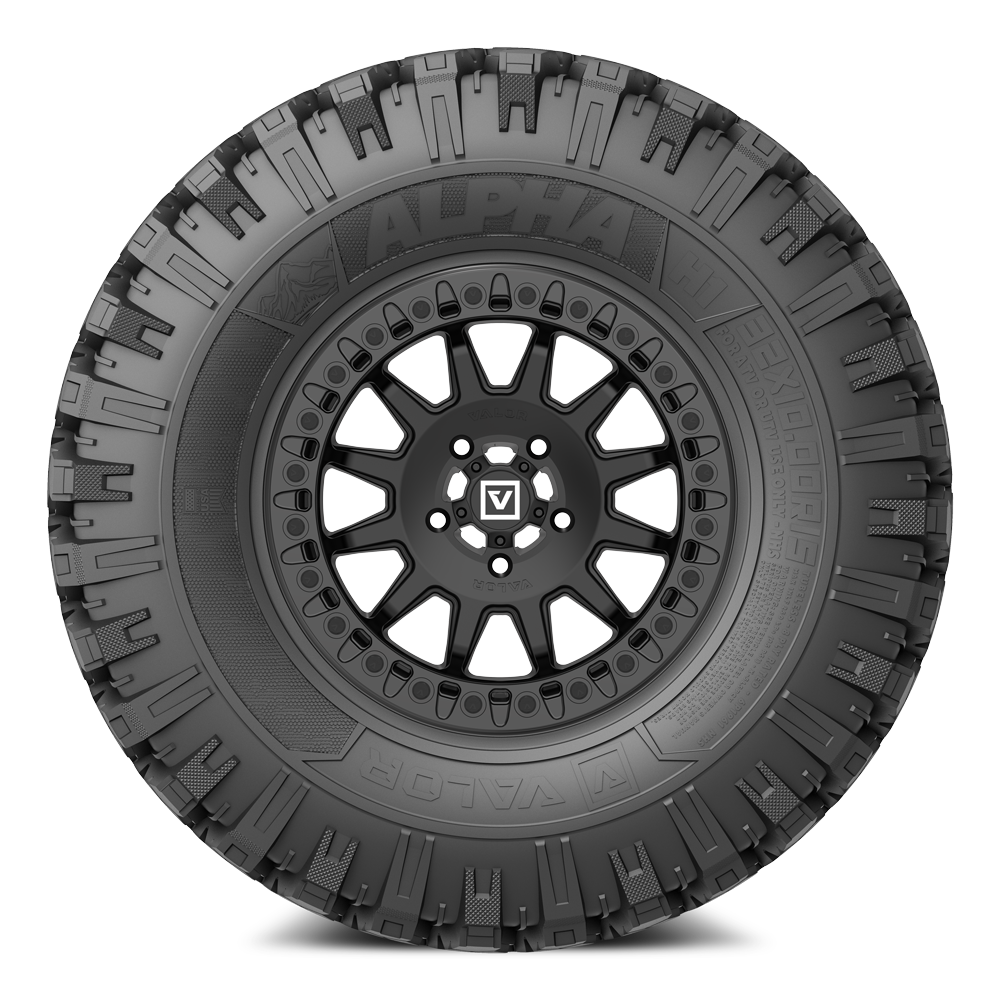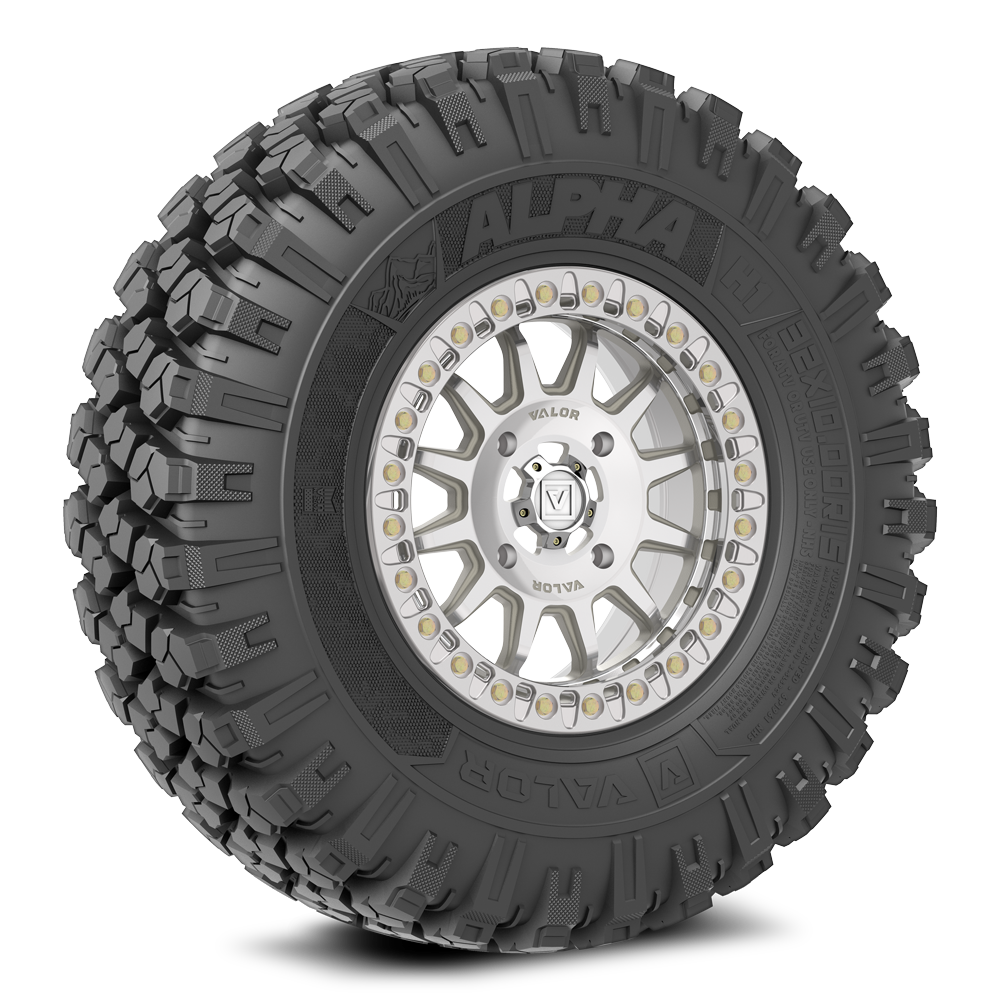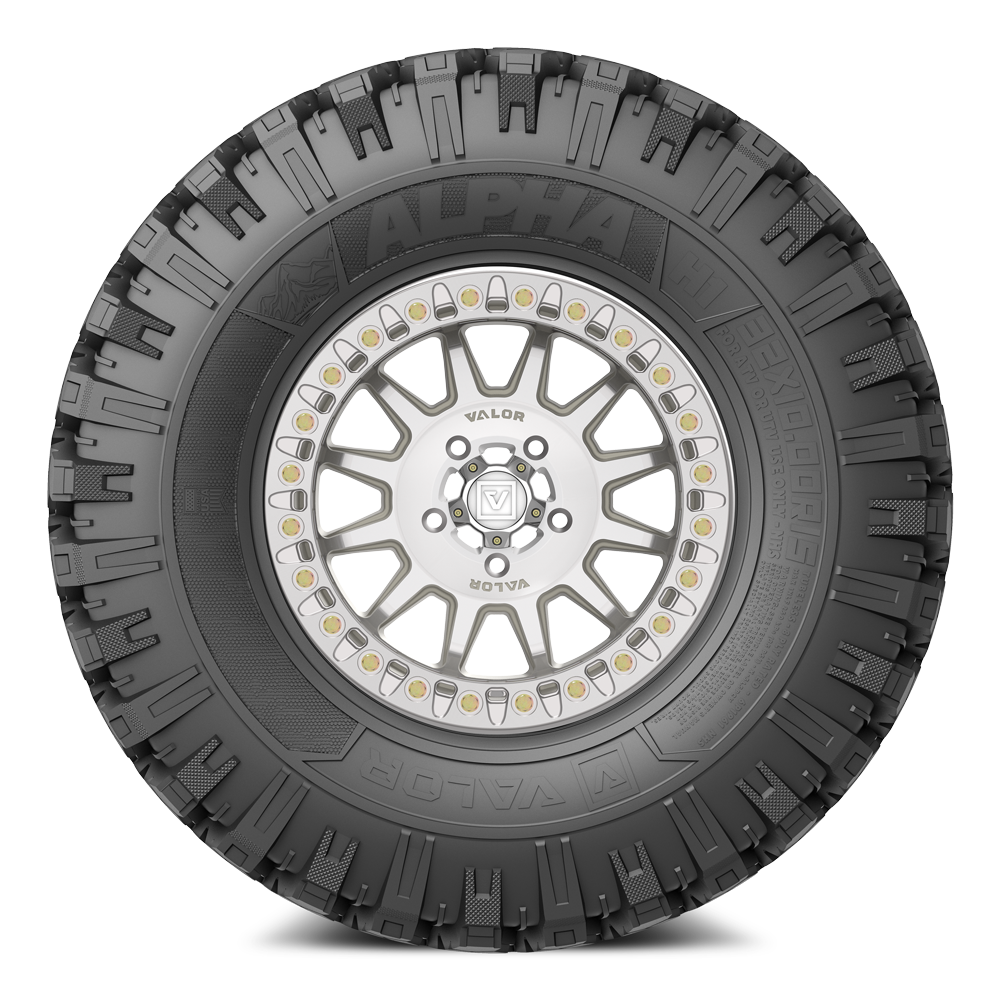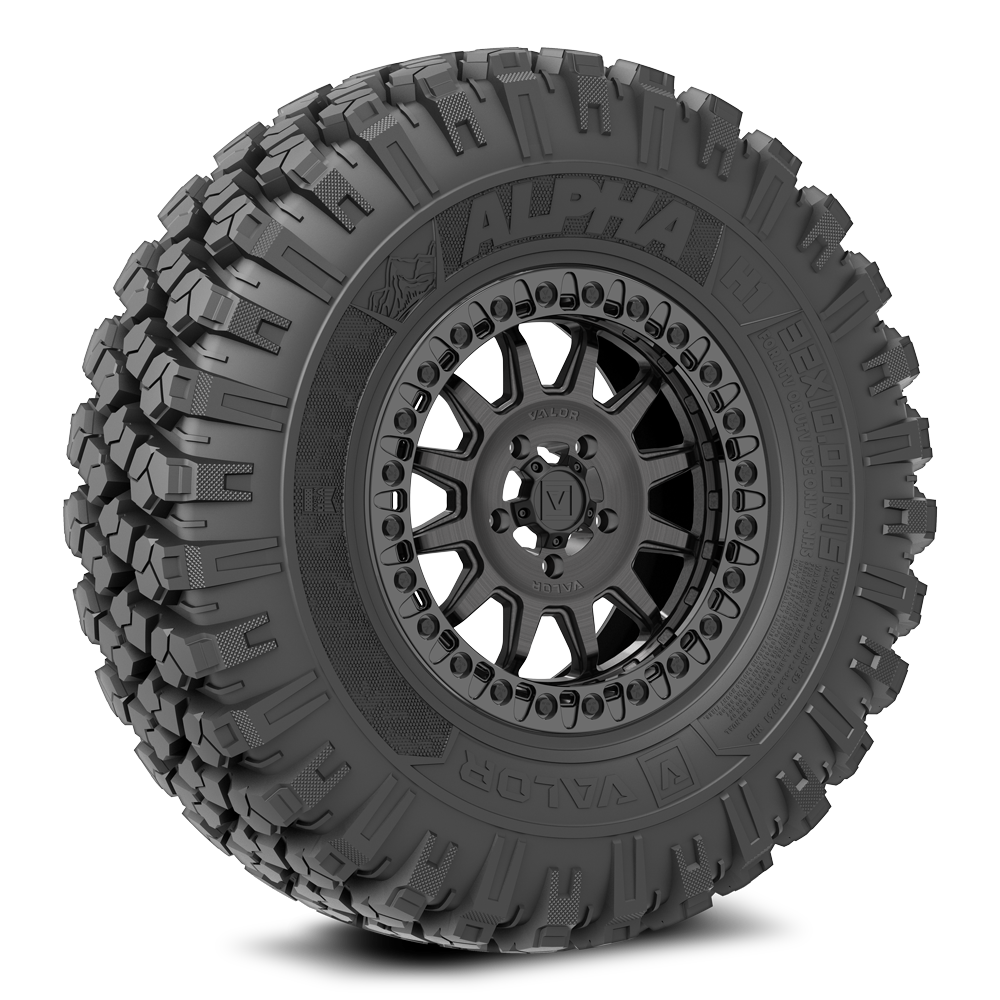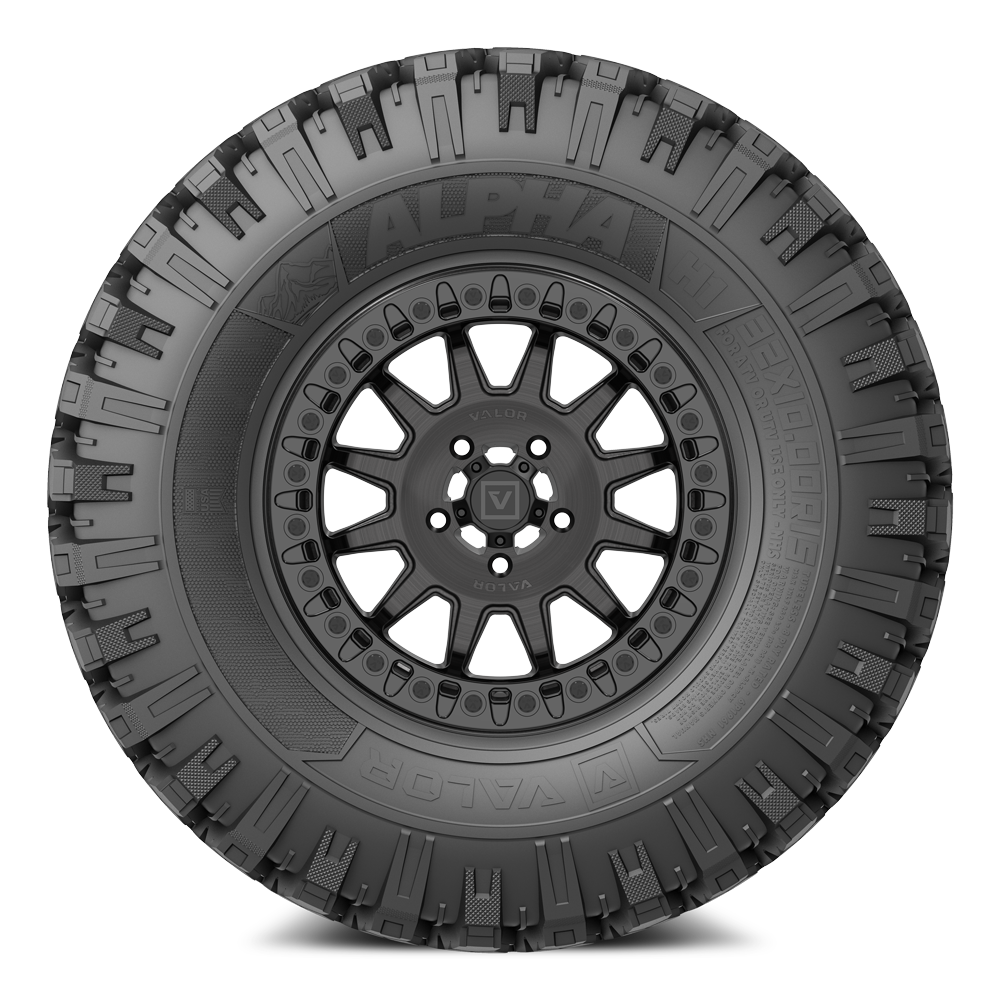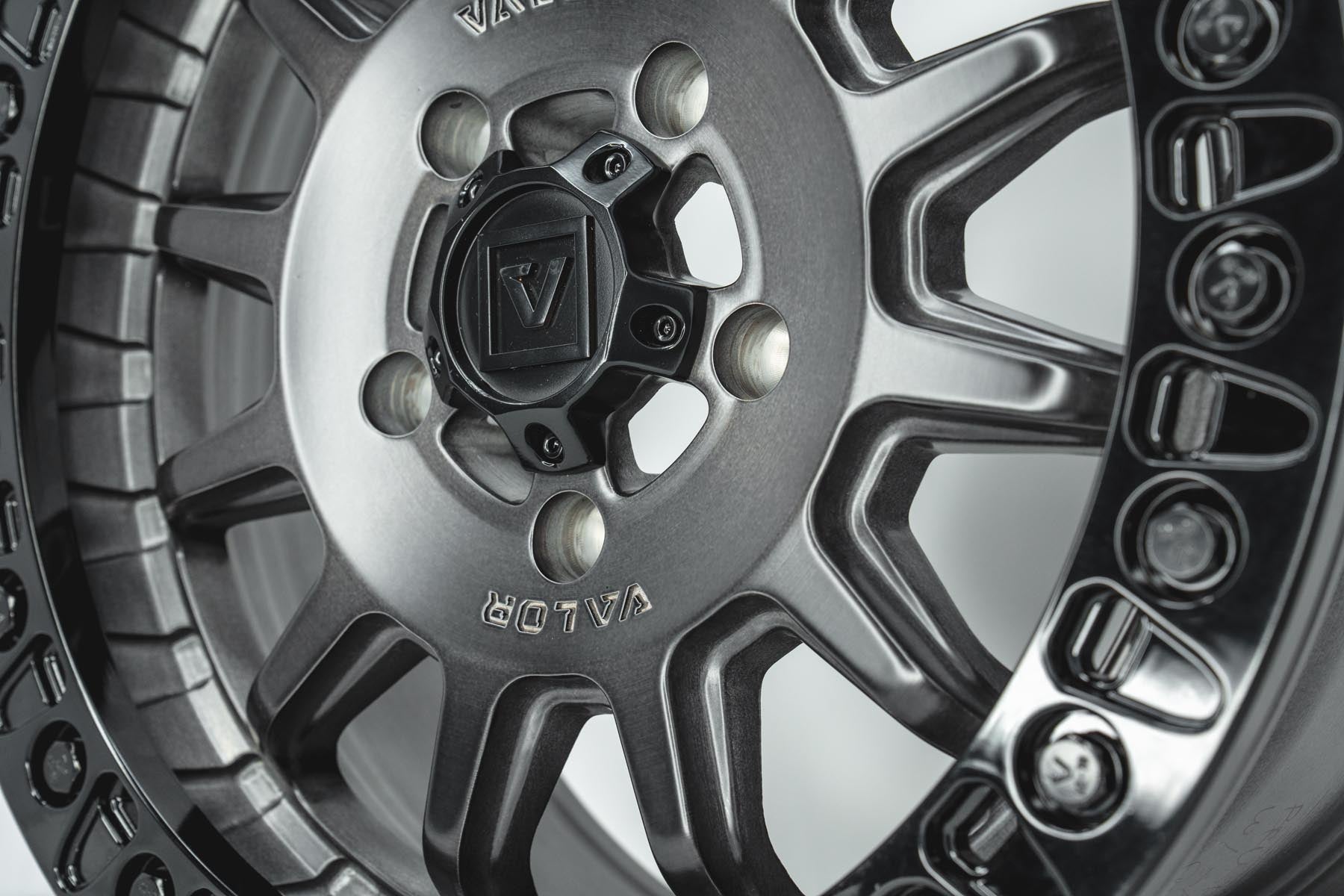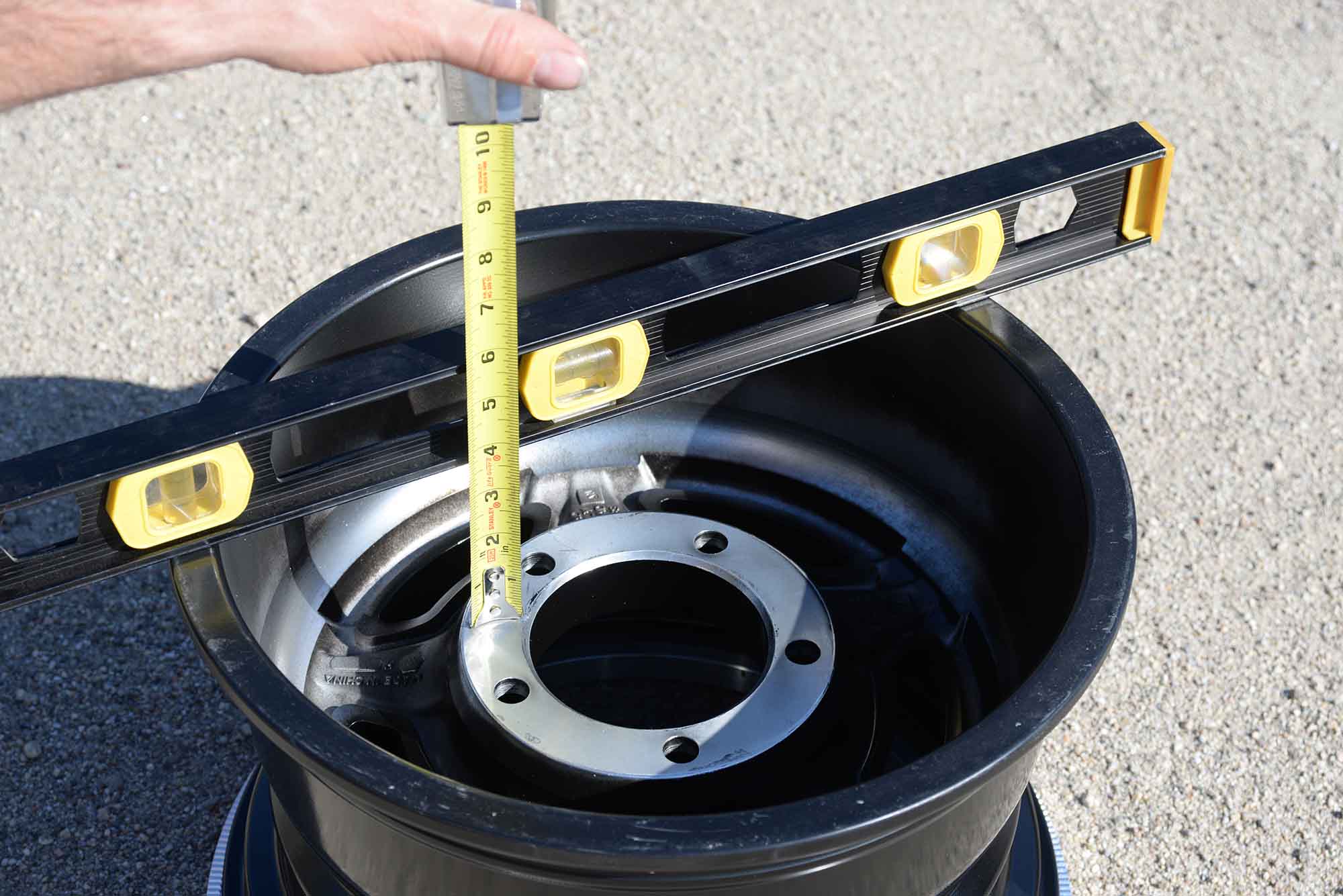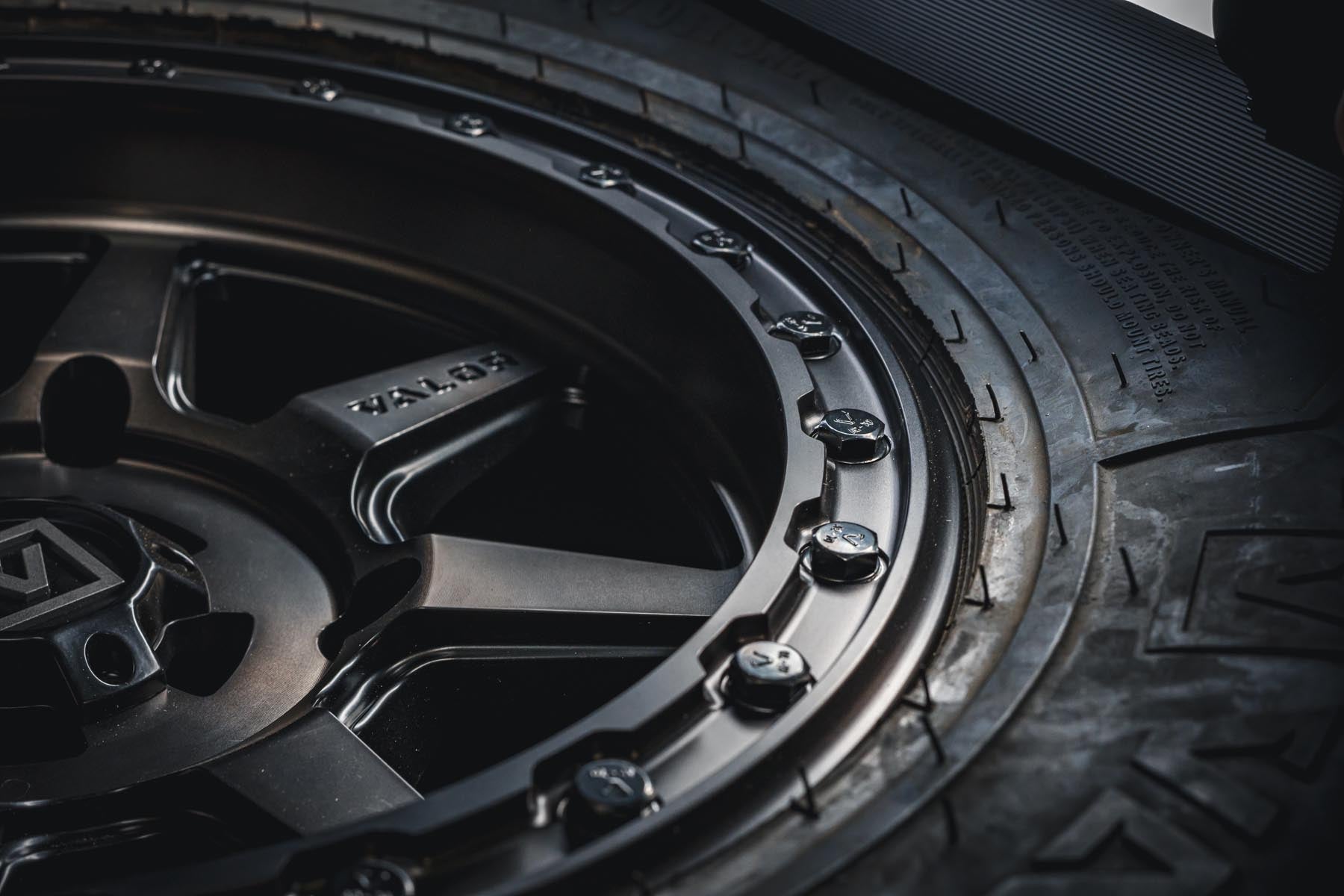You picked out your favorite wheels and tires and now you're wondering how in the world you're going to mount them in your garage right? First things first, we always recommend having a professional tire/wheel shop mount tires onto wheels, especially if the wheels are of the beadlock variety. Any tire shop has the tools to properly (and safely) seat your tire beads, and inflate to manufacturer's (tire and/or wheel) specifications.
Nope, I'm determined to mount these tires myself
We get it, you like to do things on your own. But let's discuss some of the dangers and warnings that inherently come with mounting a tire to a wheel.
OVERINFLATION
When it comes to air pressure, too much can truly be a bad thing. Your tire's sidewall has a ton of information regarding the manufacturing process, speed index, whether your tires are highway safe, and most importantly: the maximum PSI inflation pressure. Don't see it in the small print? Go read both sides of your tires again, it's there. This spec is on EVERY tire so that tire technicians and weekend warriors are able to determine the maximum pressure you can use while trying to seat the tire bead(s). Need a refresher on some of the components of a tire/wheel and how they work together to hold air?
What is a tire bead?- The bead of a tire is located near the edge of the inner lining, where the tire rubber makes contact with the wheel barrel. The bead is a loop of coated steel wires that are wound tightly to exert pressure on the outer lining.
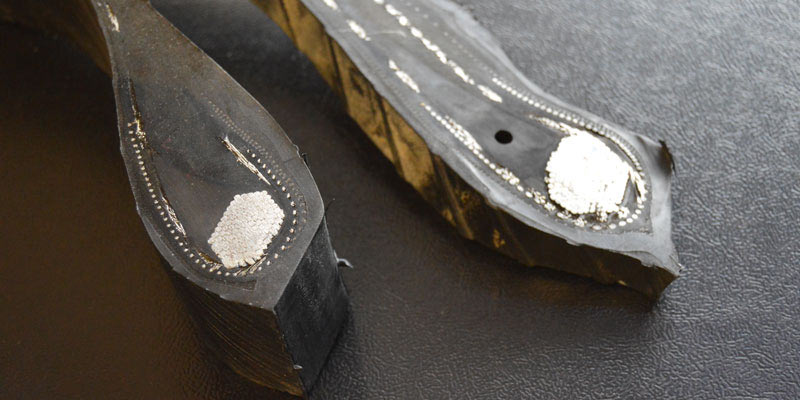
What does tire bead do?
- Wheels are engineered to have a bead hump so that as increased air pressure forces the bead toward the edge of the wheel barrel, the bead slides over the wheel bead hump into what is called the bead gap to hold the bead in place. If you ever hit a curb or rock, and get a flat tire, more than likely you pushed the tire bead away from the bead gap, back over the wheel bead hump, allowing air to escape. When the tire is properly inflated, the air pressure within the tire keeps the tire bead in this groove.
- The bead forms an airtight seal against the wheel and allows for a more efficient transfer of forces as the vehicle moves. Rubber compound is found near the tire bead’s steel wires, and it reduces the flexibility of the wires and deflects damaging forces. Essentially, the filler acts as a shield to protect the tire bead from potential harm from the road.
Looking at image below, the two arrows indicate the "bead hump". The bead hump refers to a raised hump on the wheel barrel that the tire bead must clear in order to "seat" the bead. The space between the wheel lip and the bead hump is called the "bead gap". High pressure and lubrication are the only ways to ensure a rigid tire bead crosses the bead hump and seats correctly in the bead gap.
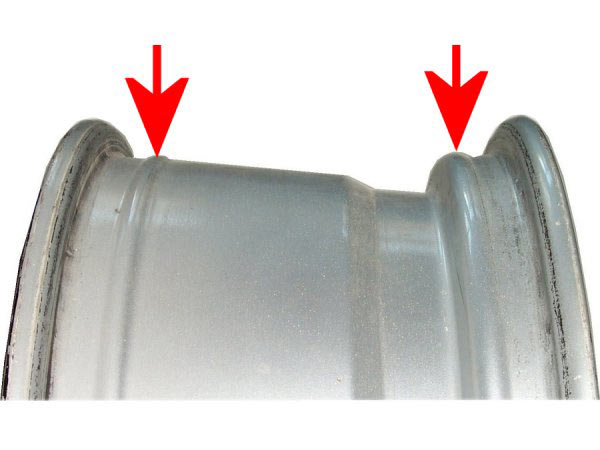
What qualifies as an overinflated tire?
- All modern tires have a maximum inflation pressure specification located on the sidewall. If you don't find the maximum inflation pressure, check the other side of the tire, it's there. This specification let's all users know the absolute maximum air pressure the tire can handle, no matter if already installed on vehicle or not.
- If you accidentally go over the manufacturer's maximum inflation pressure by a few PSI while mounting, don't fret, just release the pressure immediately to proper mounting spec. We typically recommend installer not exceed 40 psi as a general rule but this all changes depending on what brand, size or style tire you're working with. If you go over the maximum inflation pressure specification by more than 5+ psi, you may damage the integrity of the tire and we recommend having a professional tire shop examine your tire(s) to ensure they are safe to use.
Safety risks of over-inflated tires
- Trust us when we say that you don't want to experience a tire blow out. At best you will be out several hundreds of dollars for a replacement, worst case scenario is death. By over inflating your tires, you are putting yourself and everyone around you at risk of injury as the concussive explosion can fire debris at incredibly high speeds causing hearing/sight loss or life altering injuries. There is a very good reason every tire manufacturer lists a maximum inflation pressure spec(s) on each and every tire and it is because anything over this specification can lead to a catastrophic failure.
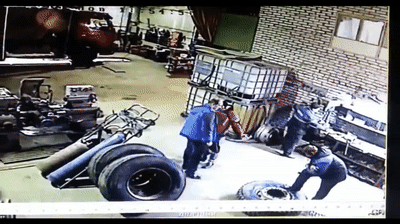
Wear and tear
- Yep, overinflation will cause your tires to wear out more quickly than properly inflated tires. Higher air pressure causes distortion of the tire's profile, forcing only the crown (center) of the tread to be in contact with the trail/terrain.
- Overinflation can cause significantly impact the performance and longevity of your tires. Overinflation causes your tires to be more rigid and stiff. Not only will you feel every rock, debris, hole or root, you're actually more susceptible to tire damage or flats.
Having a hard time mounting your tires to your wheels?
- If you feel like you've tried every possible angle, tool, device or cuss word at your disposal with no luck of seating your tire beads, stop. Take your tires to a professional tire shop who can utilize an entirely new arsenal of pro-grade tools to get that stubborn tire to mount.

